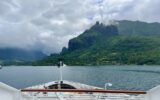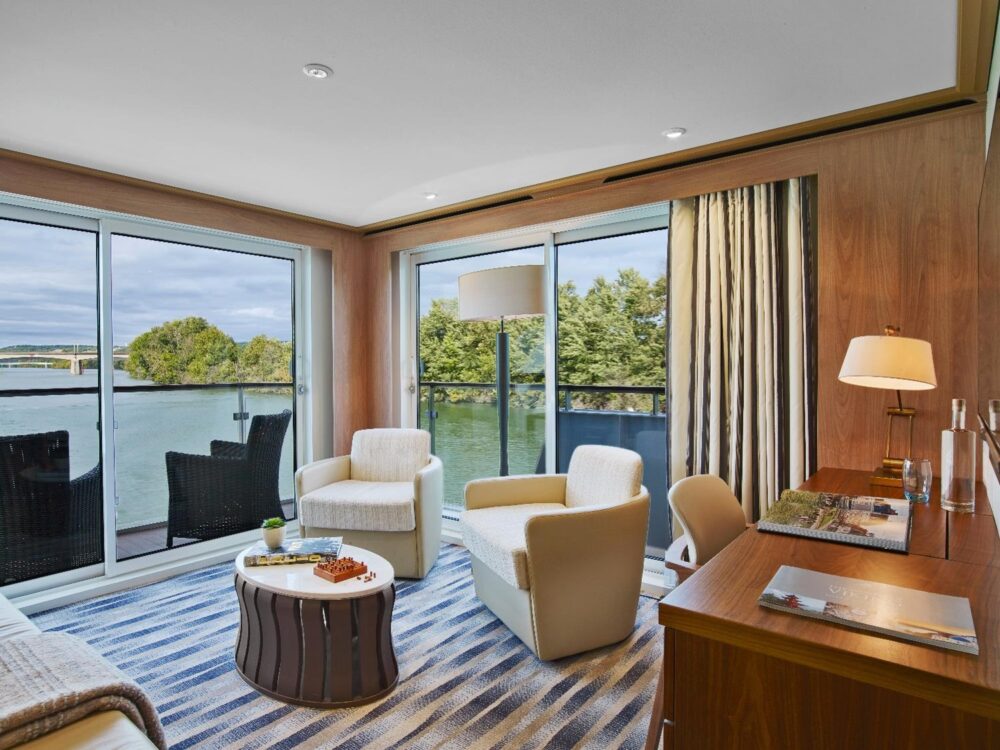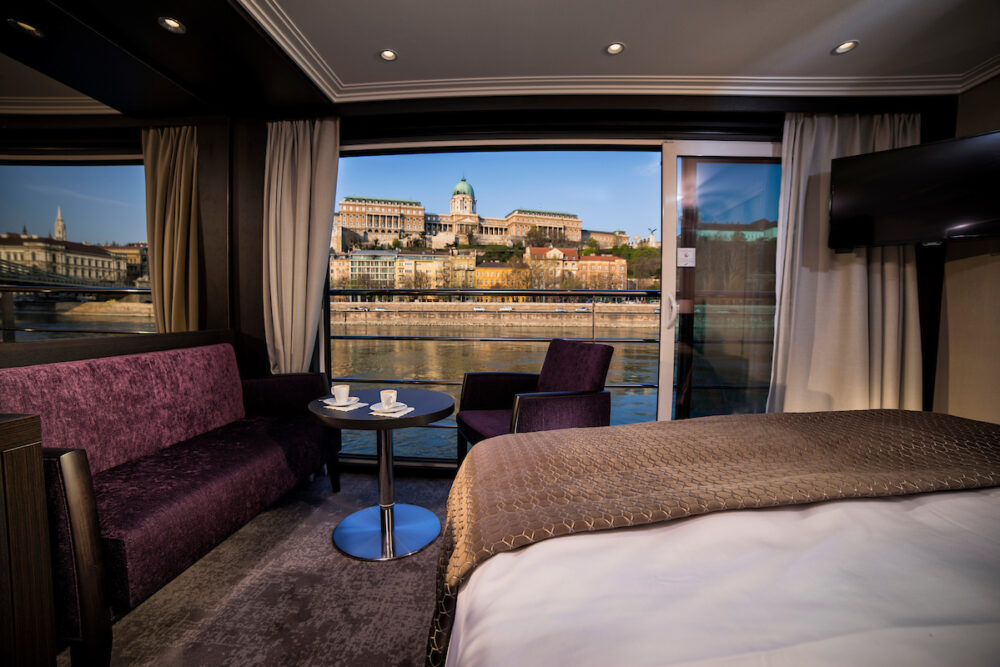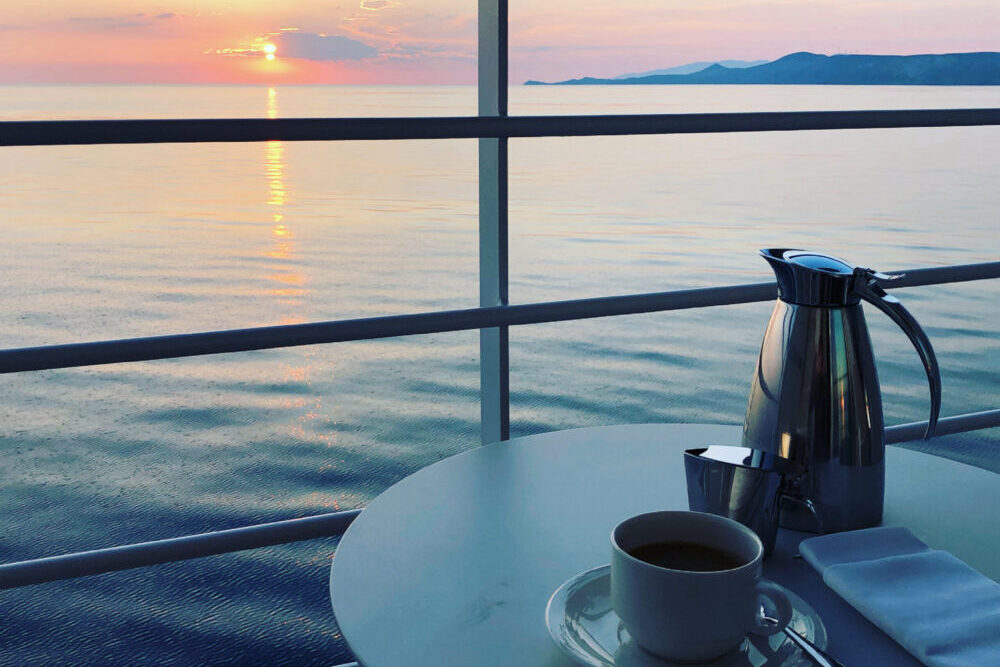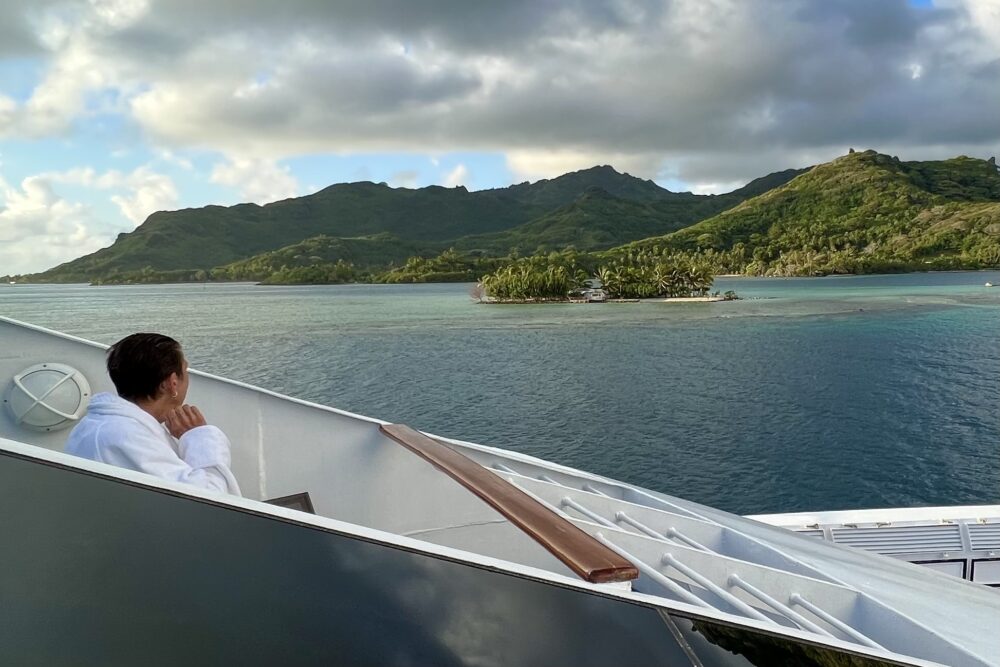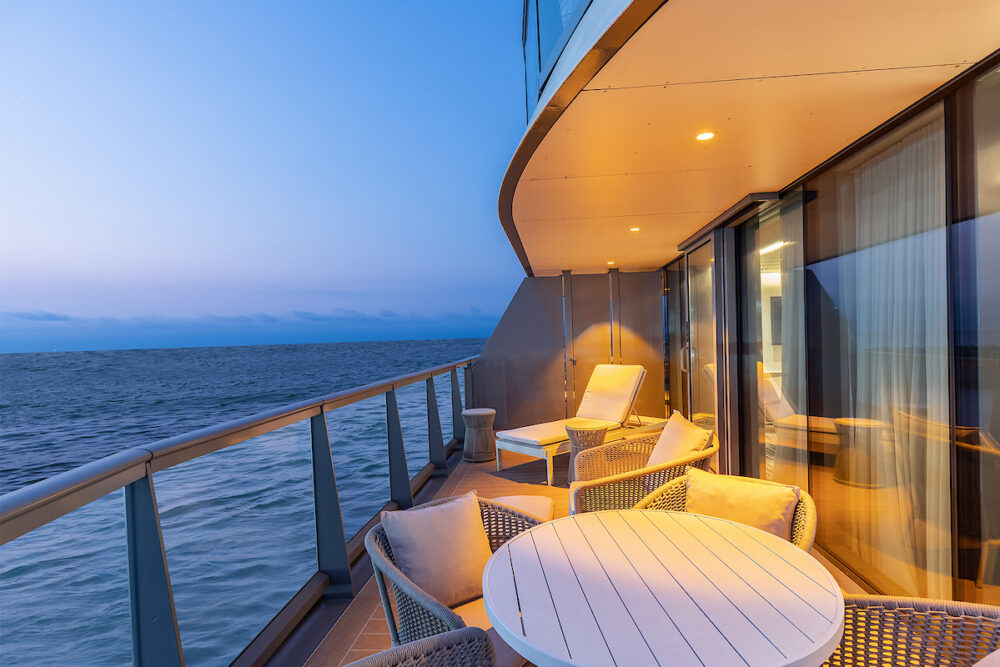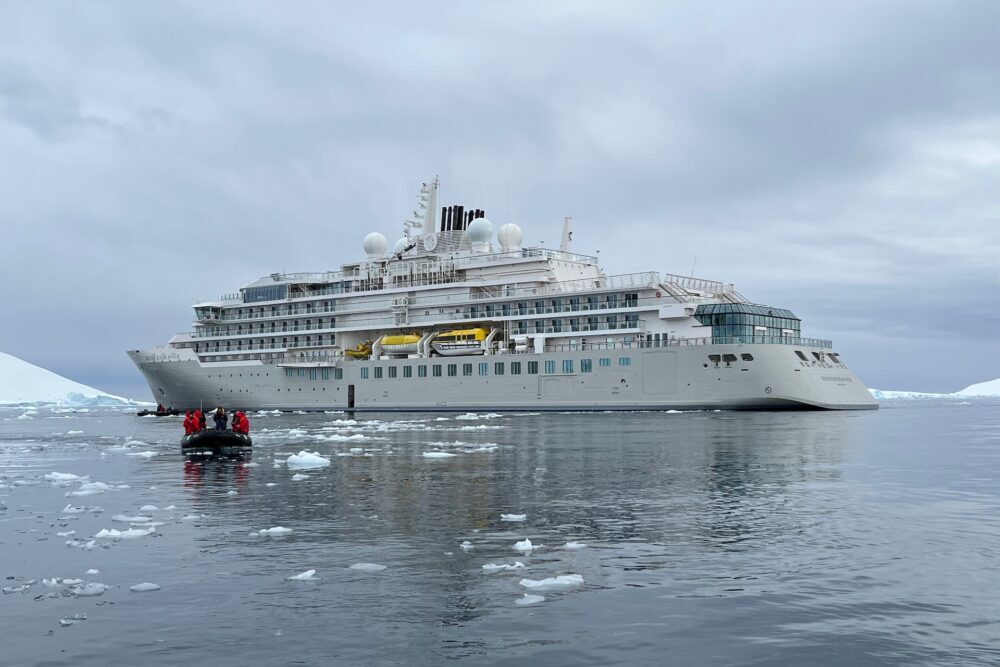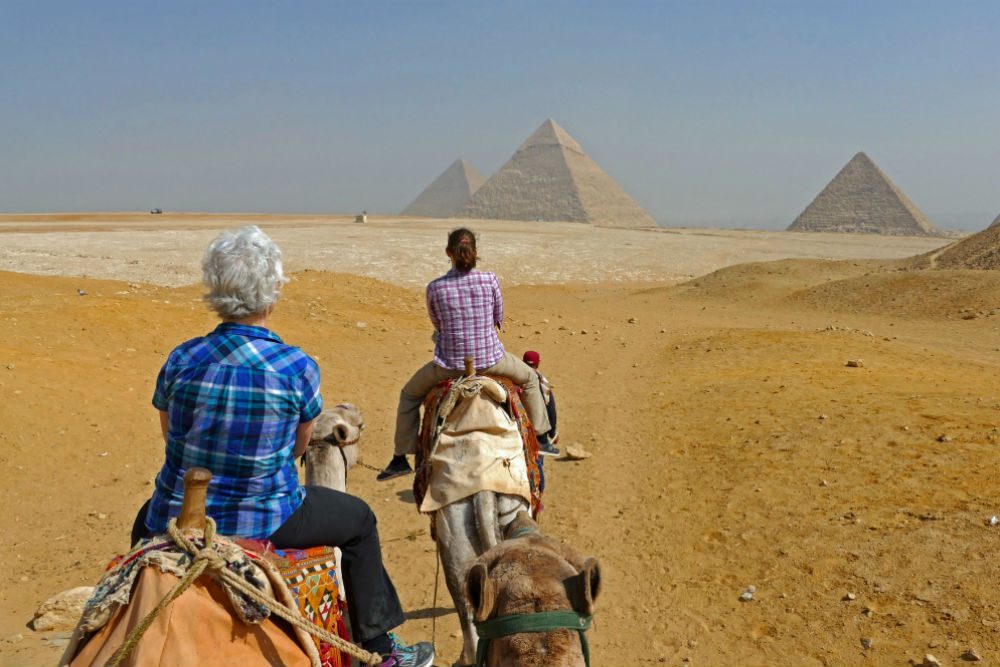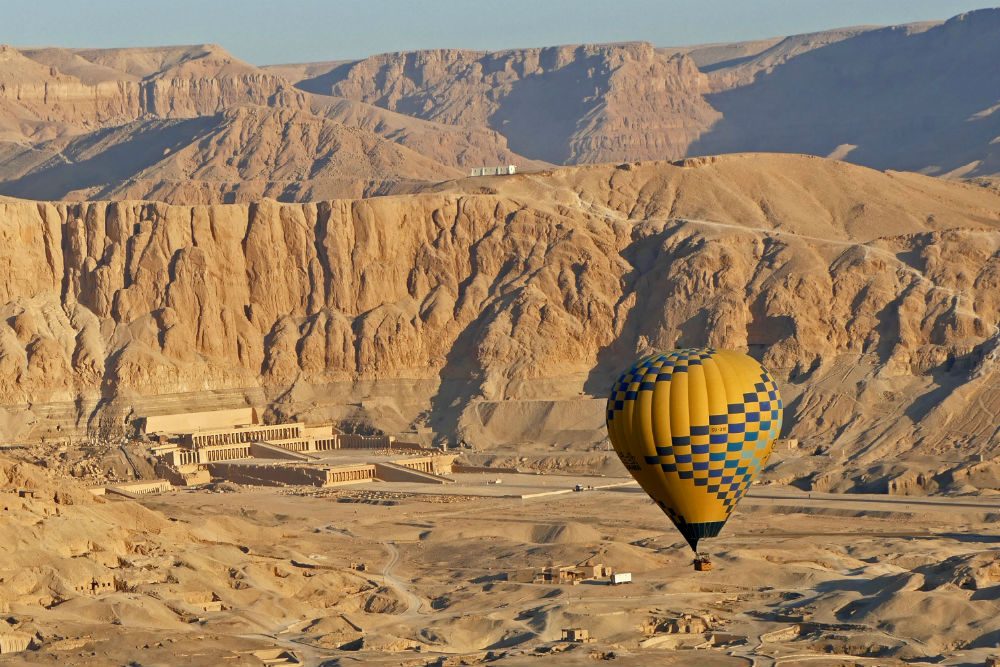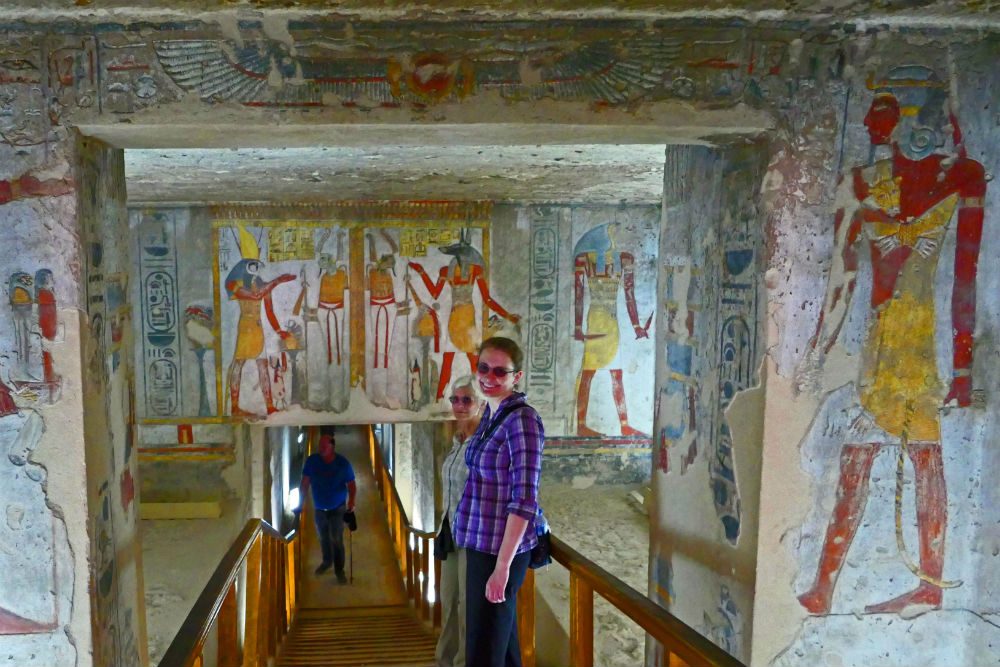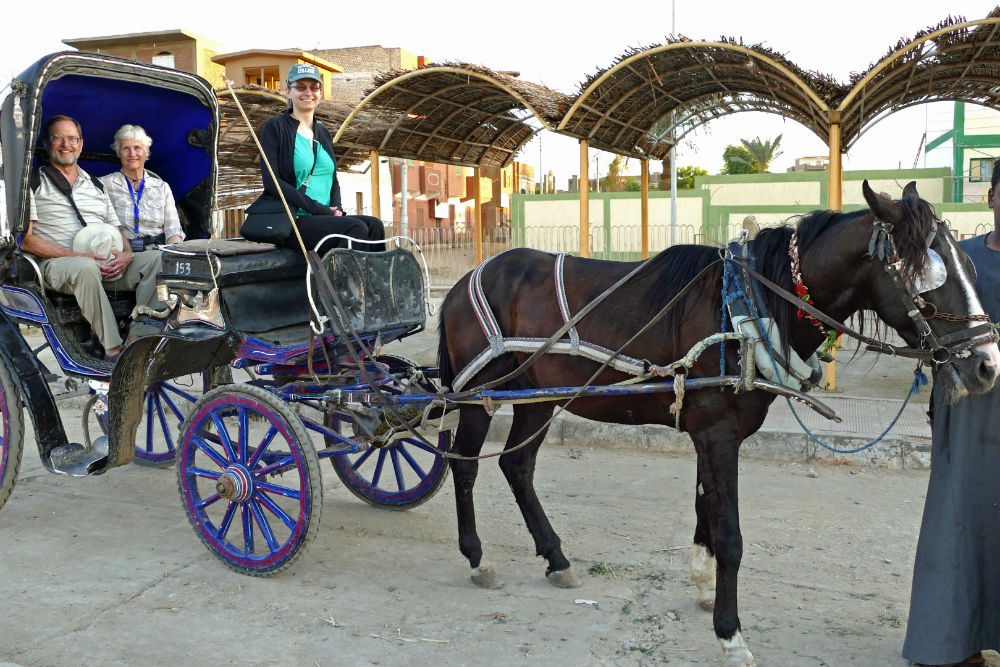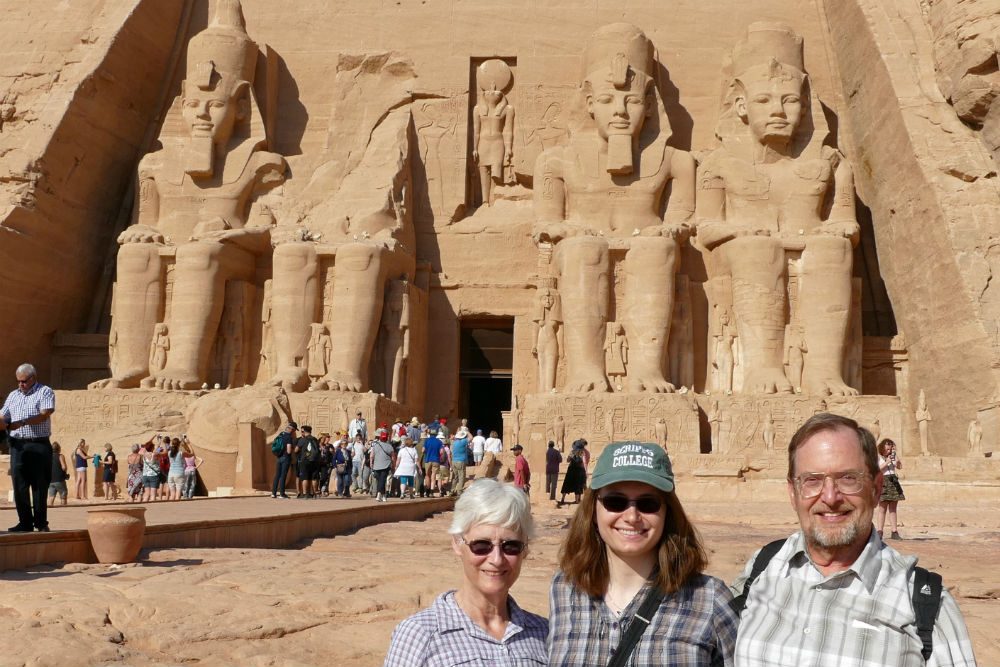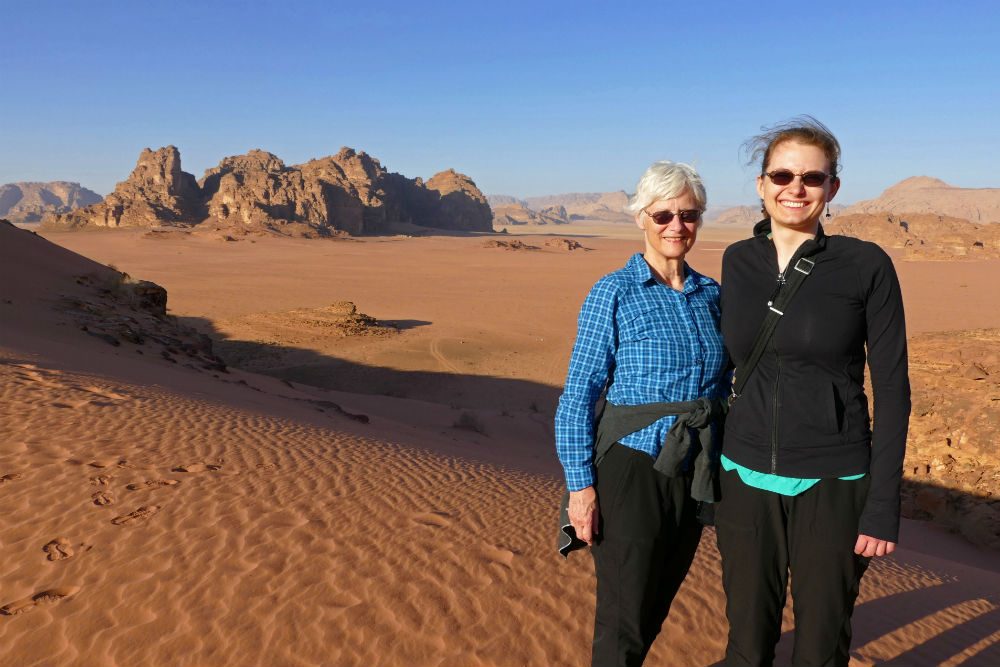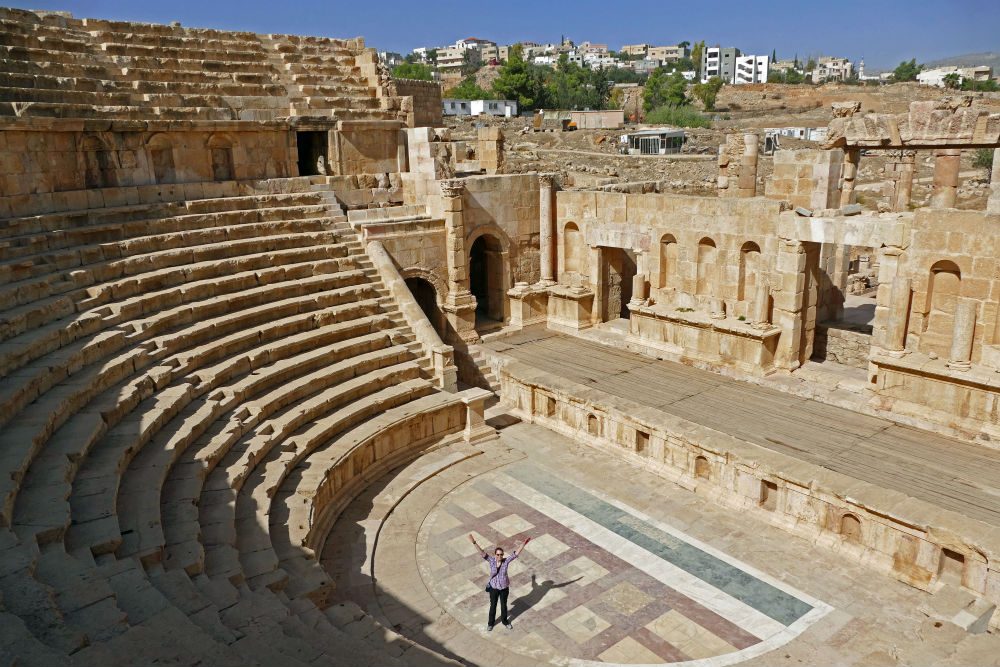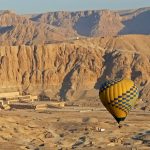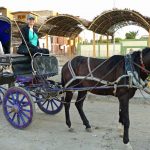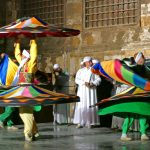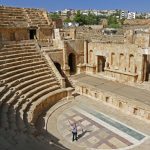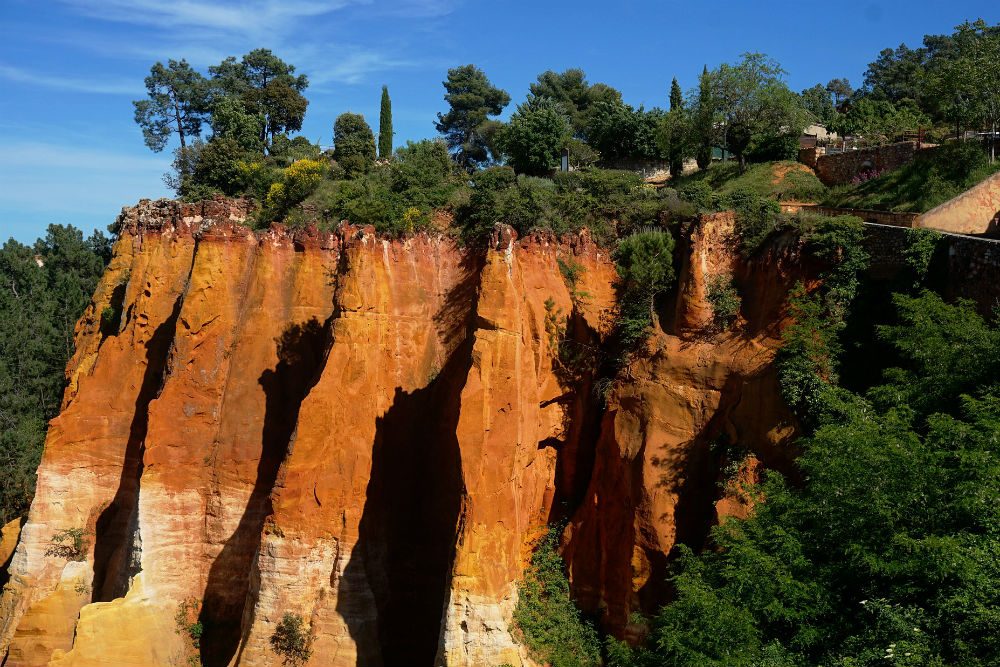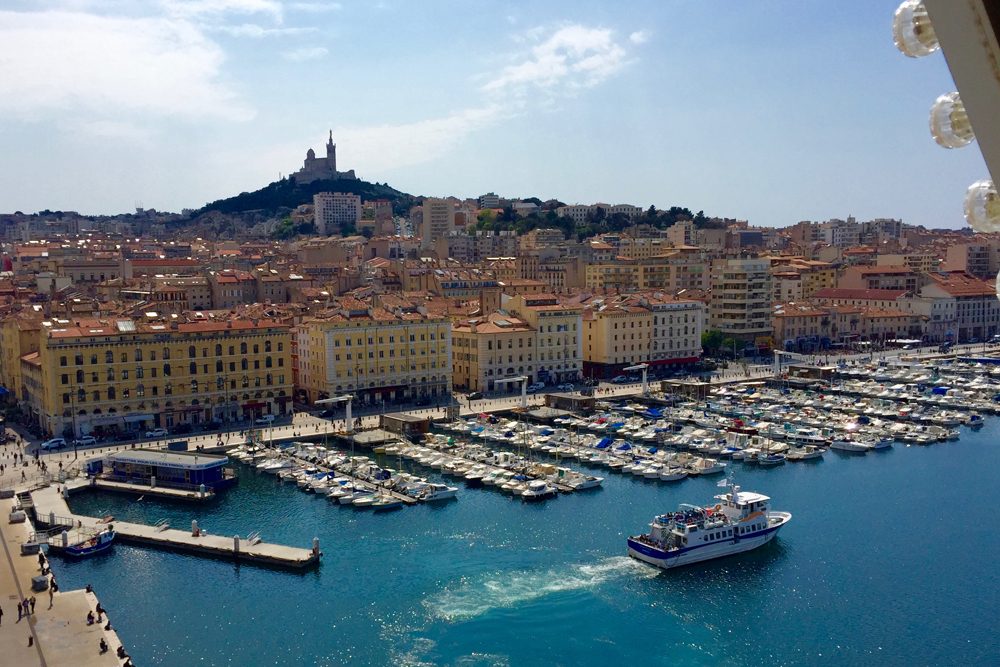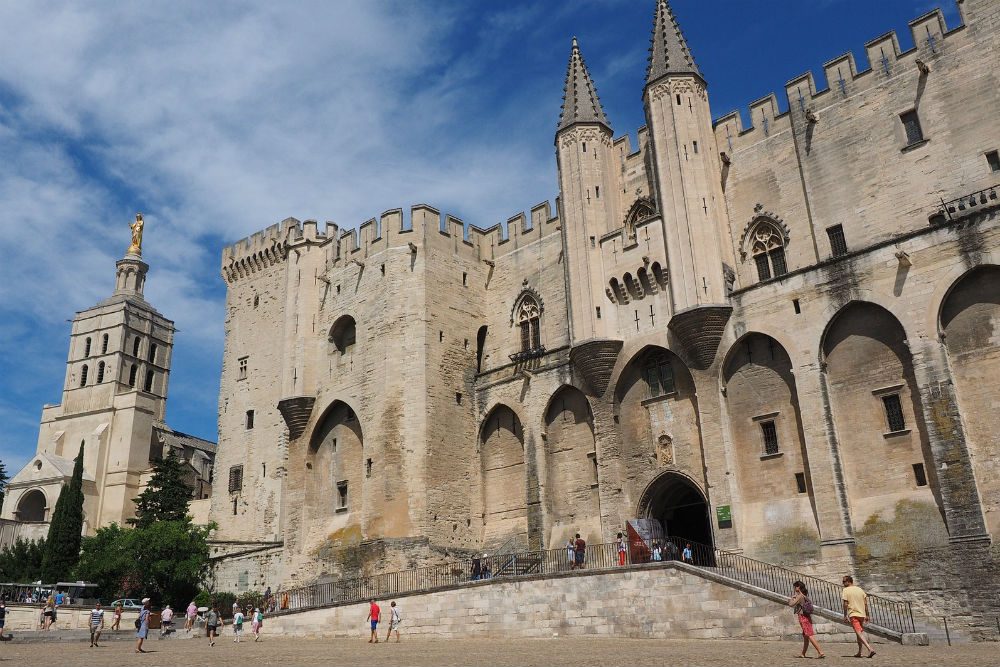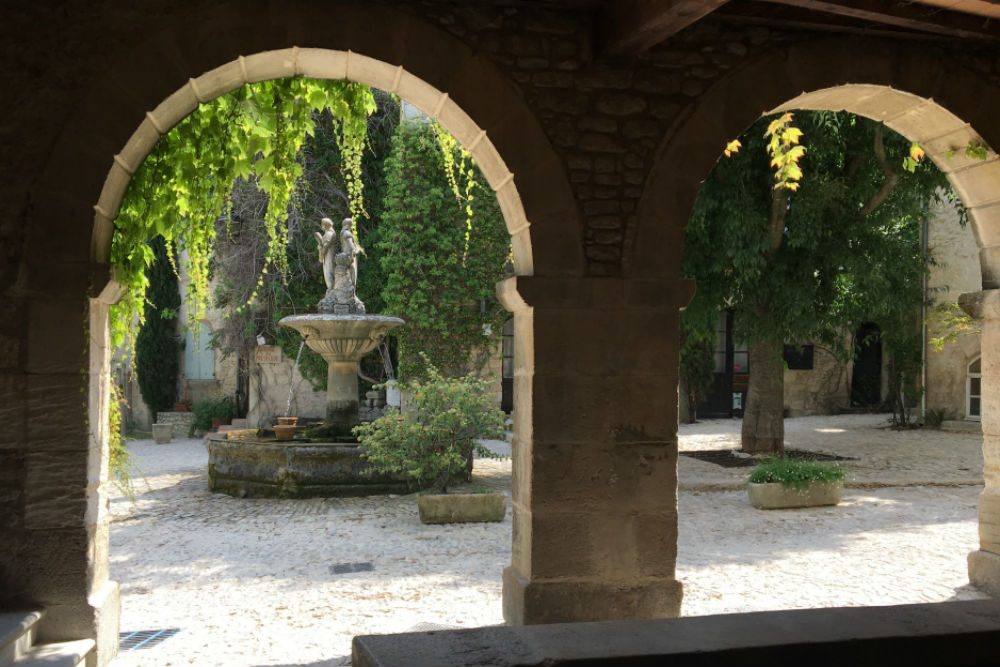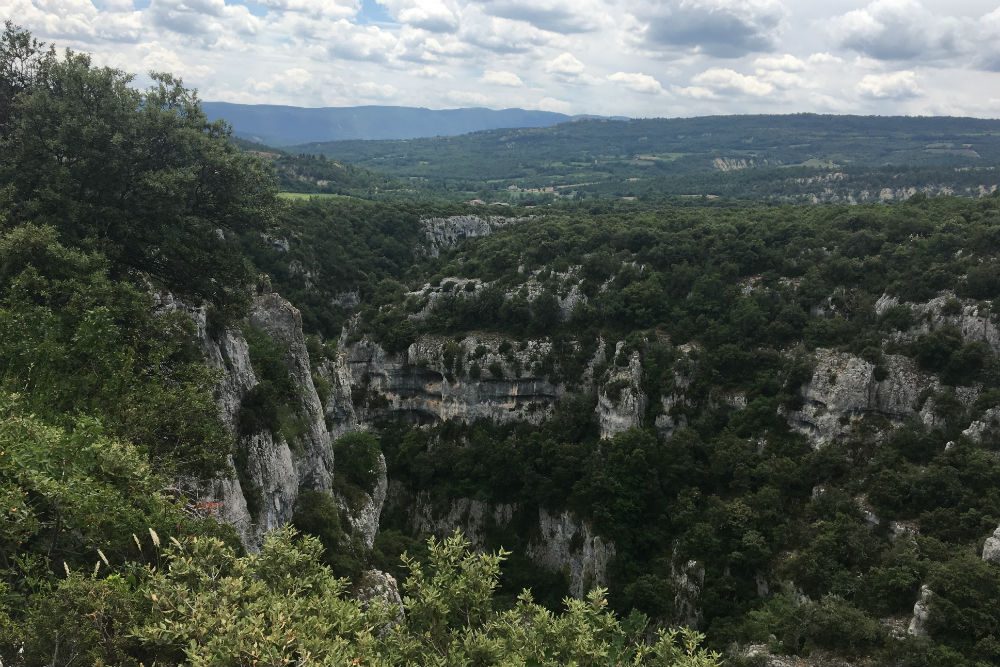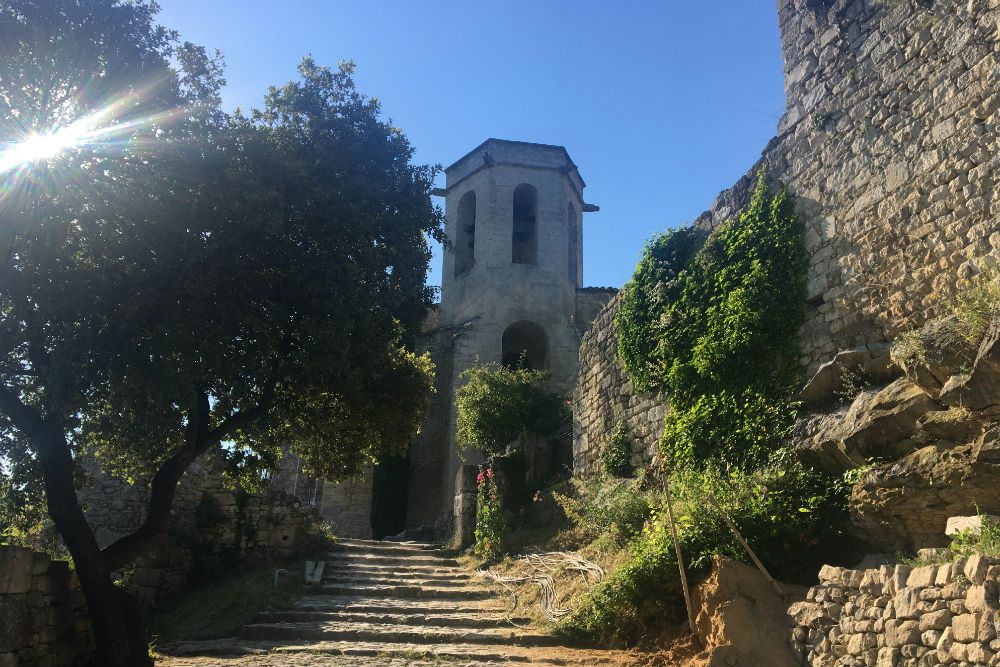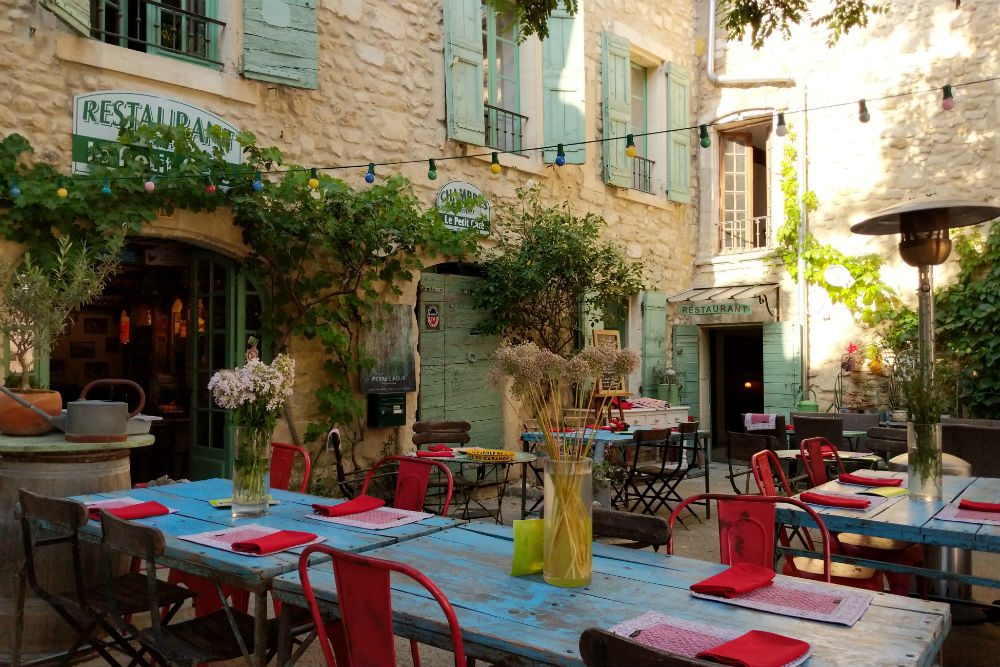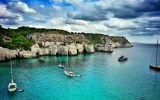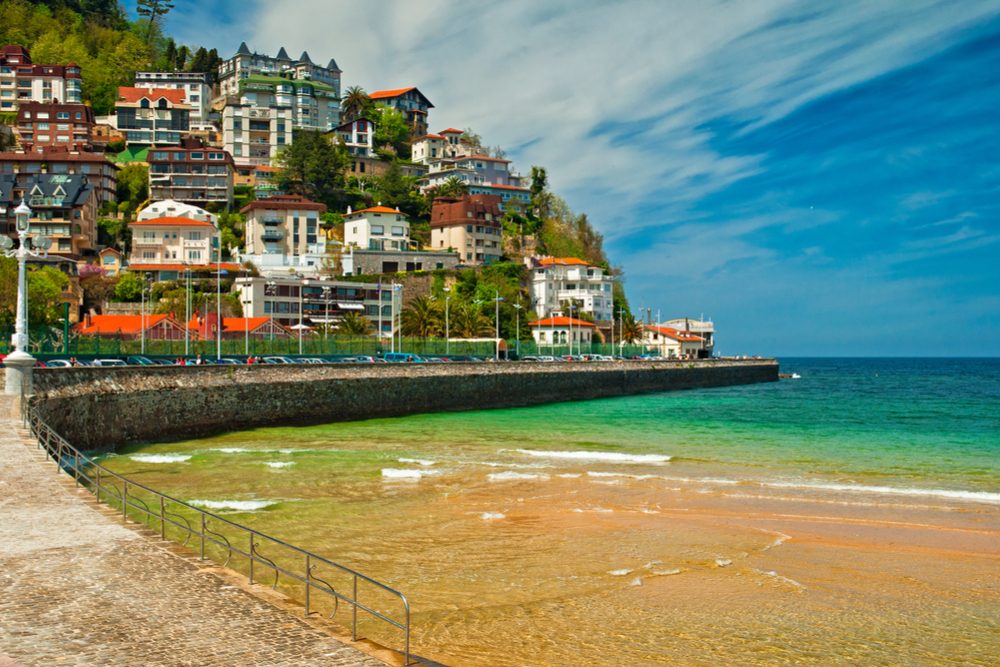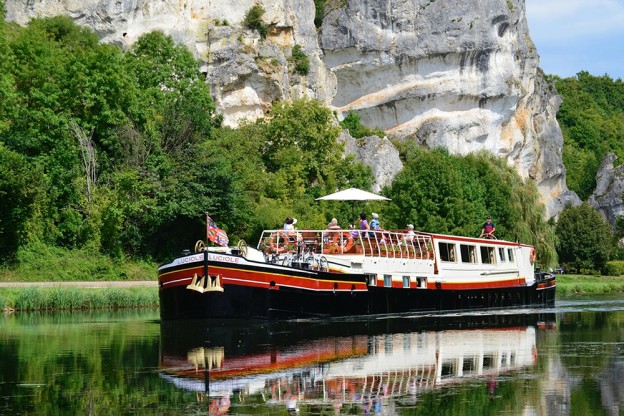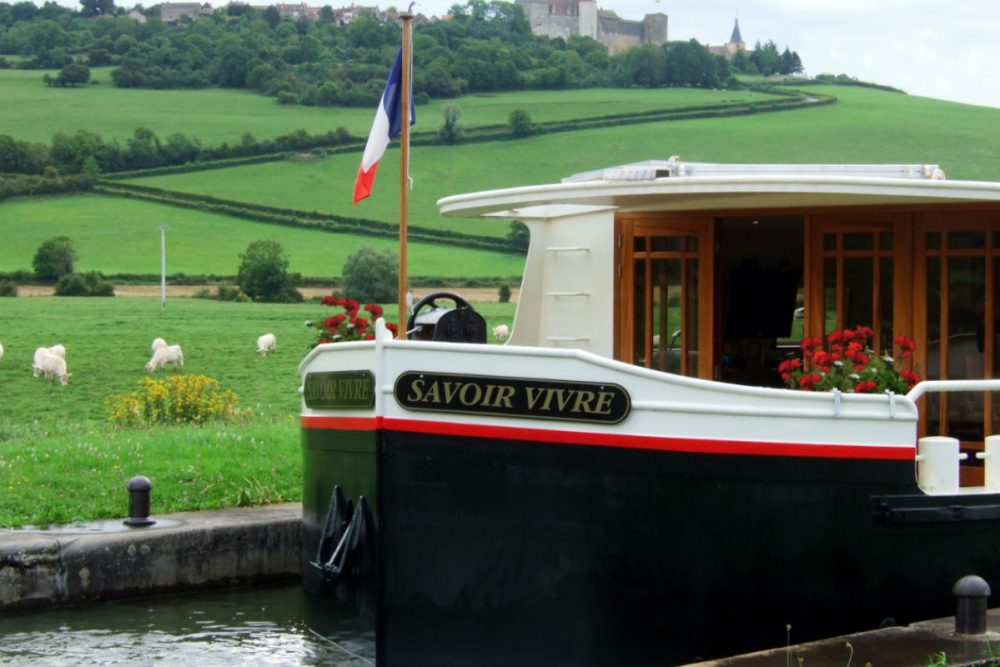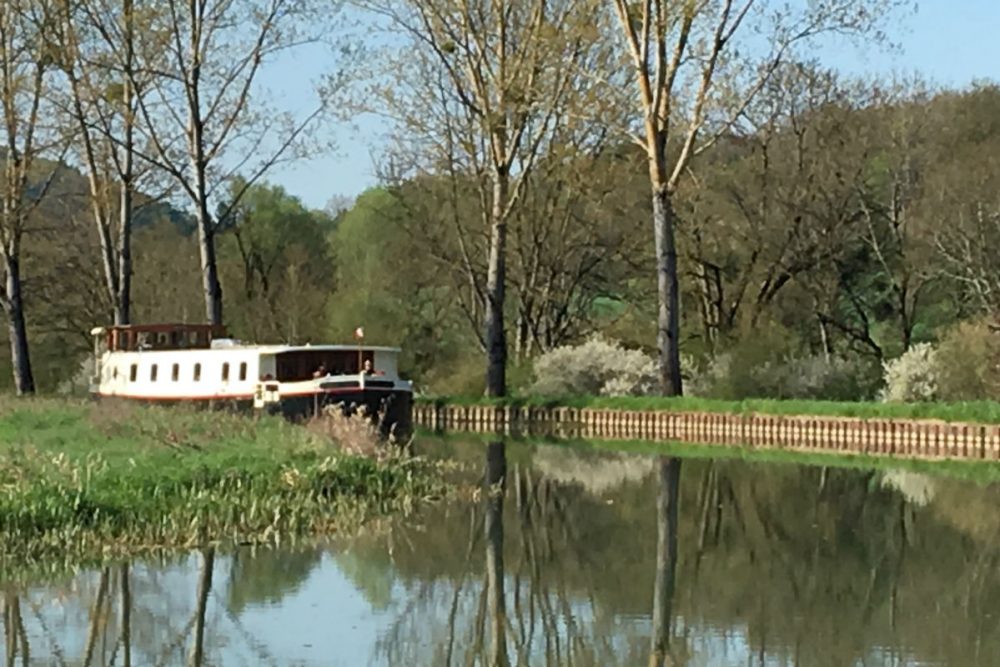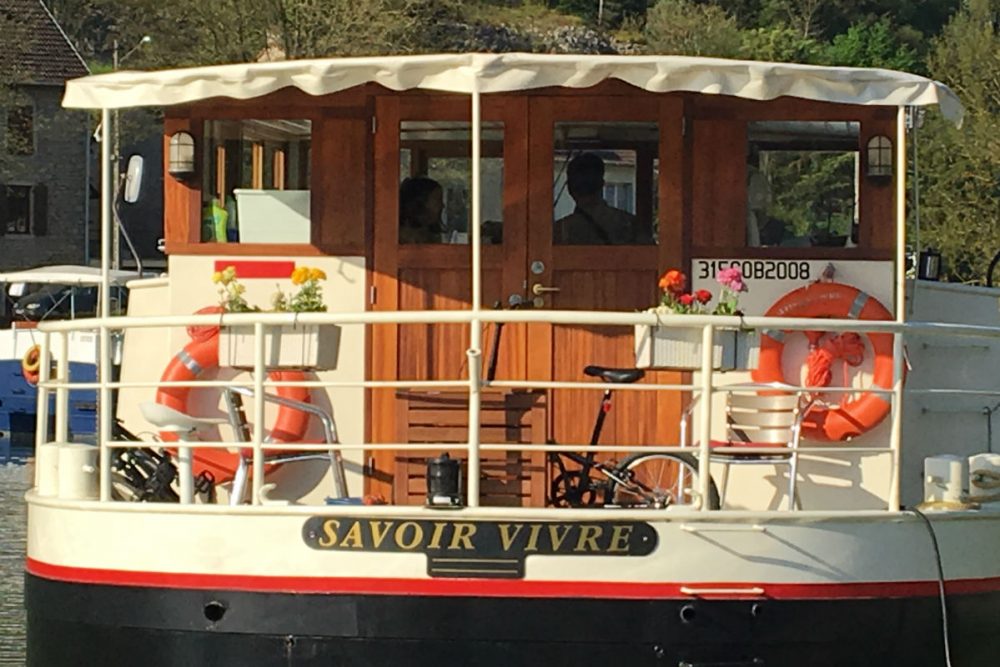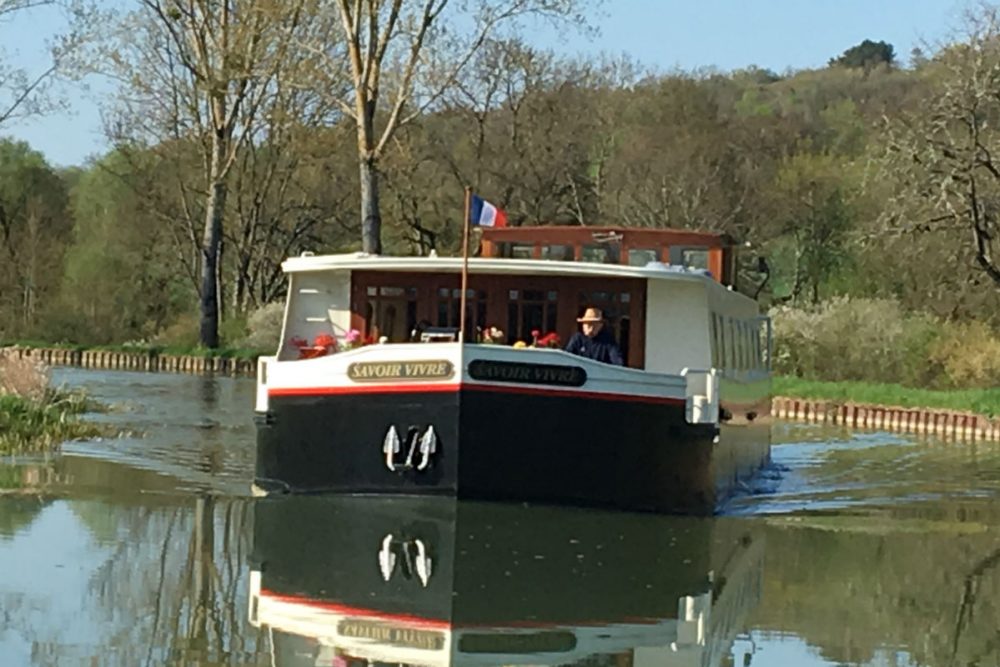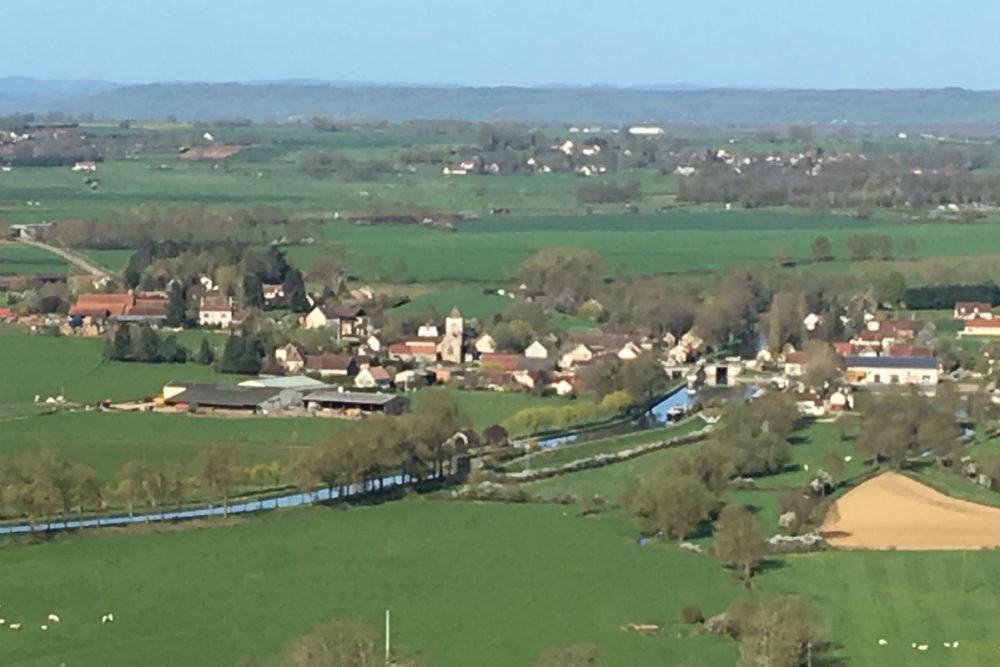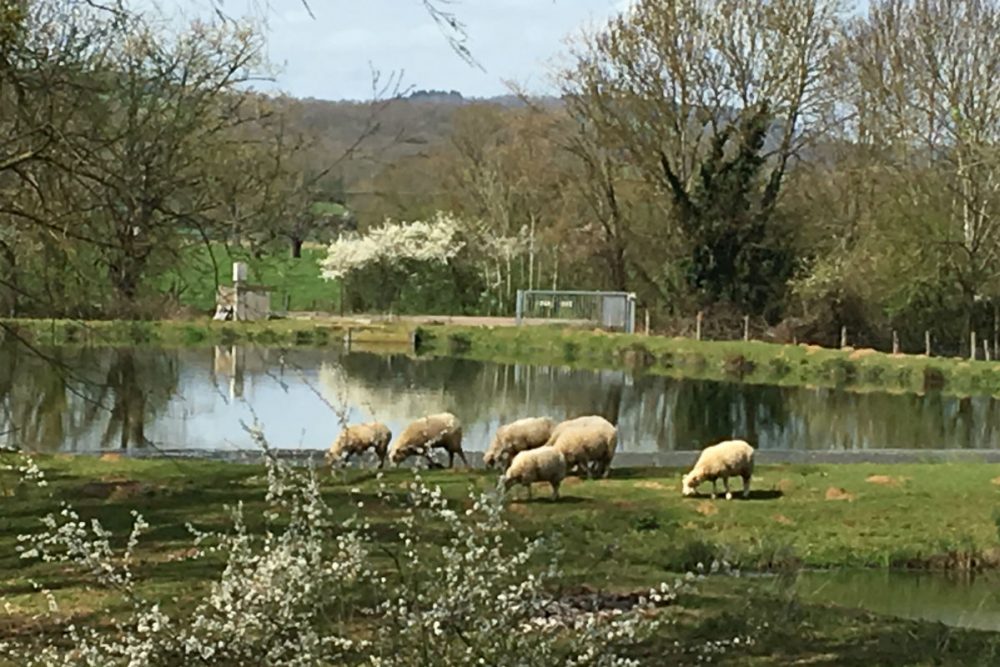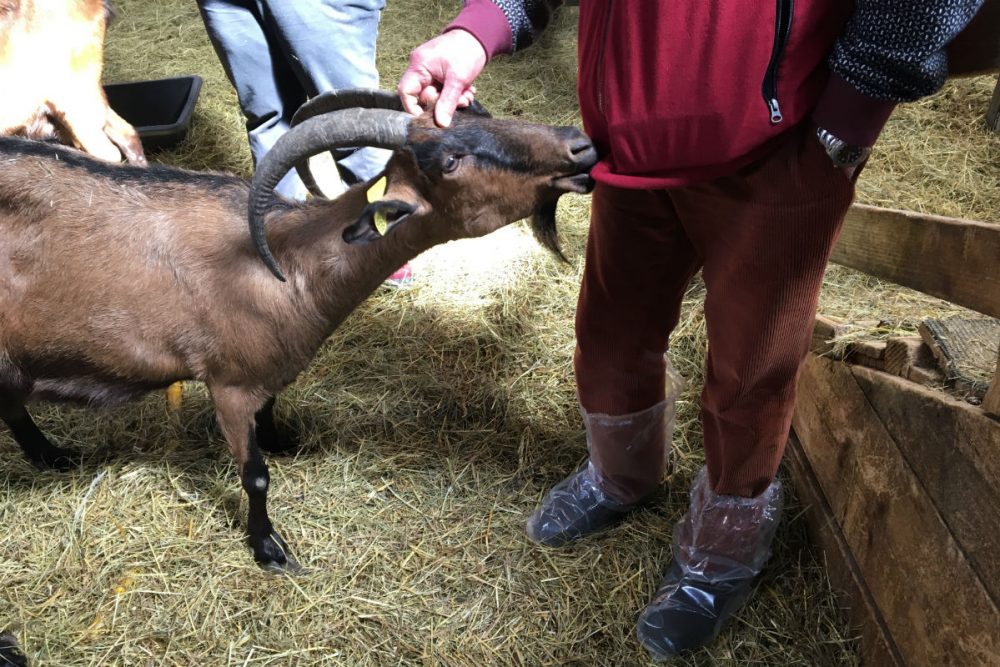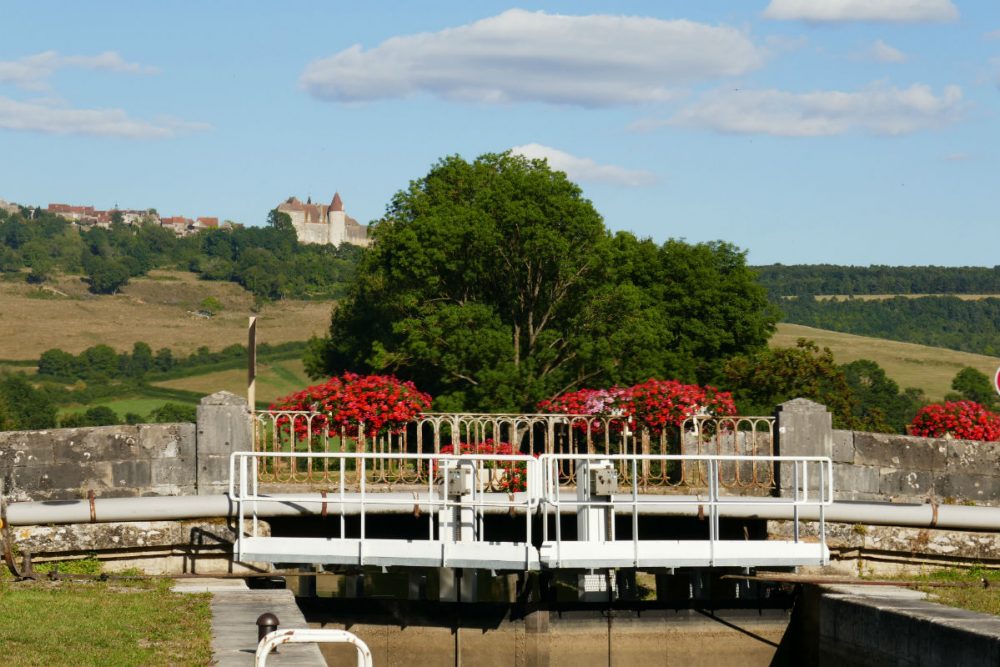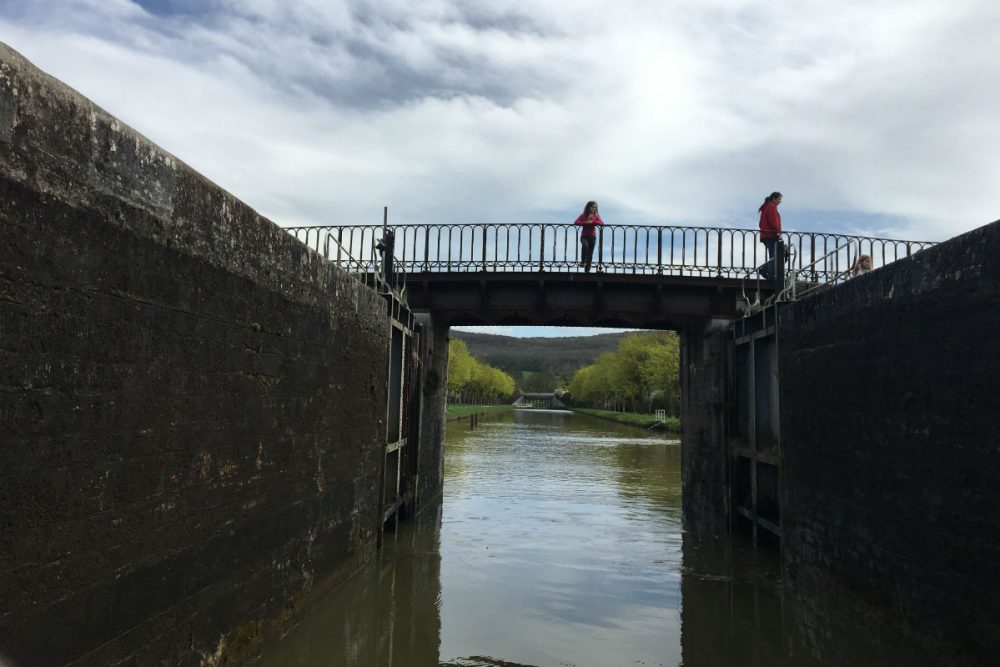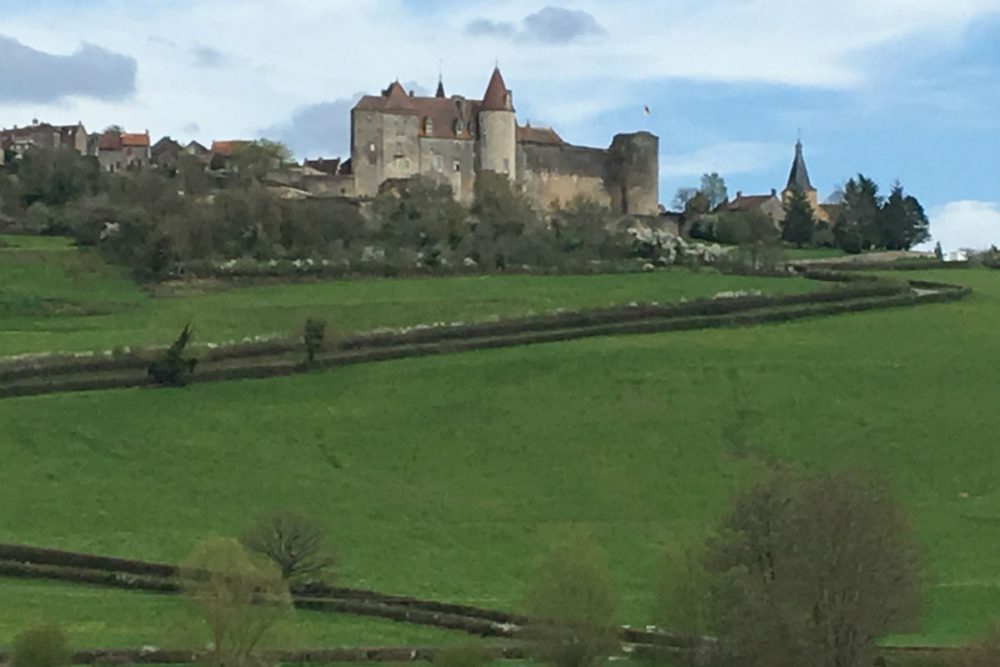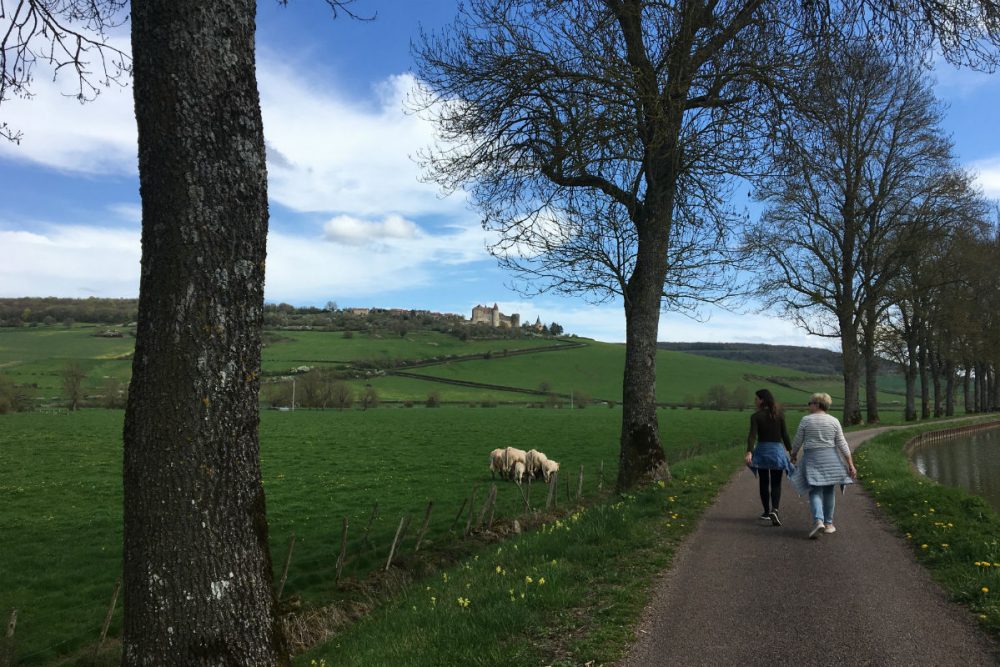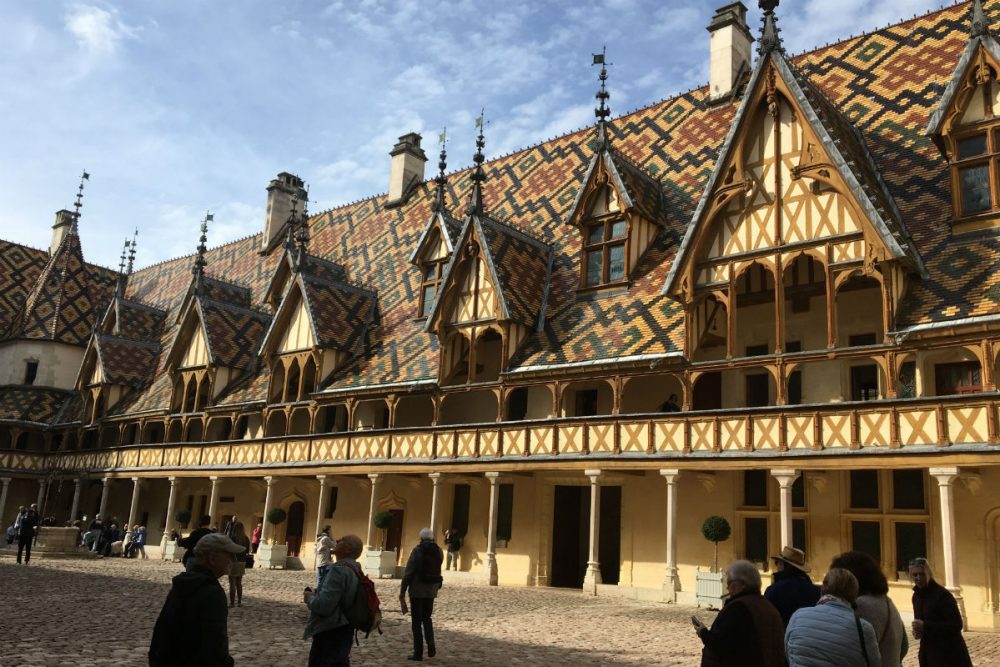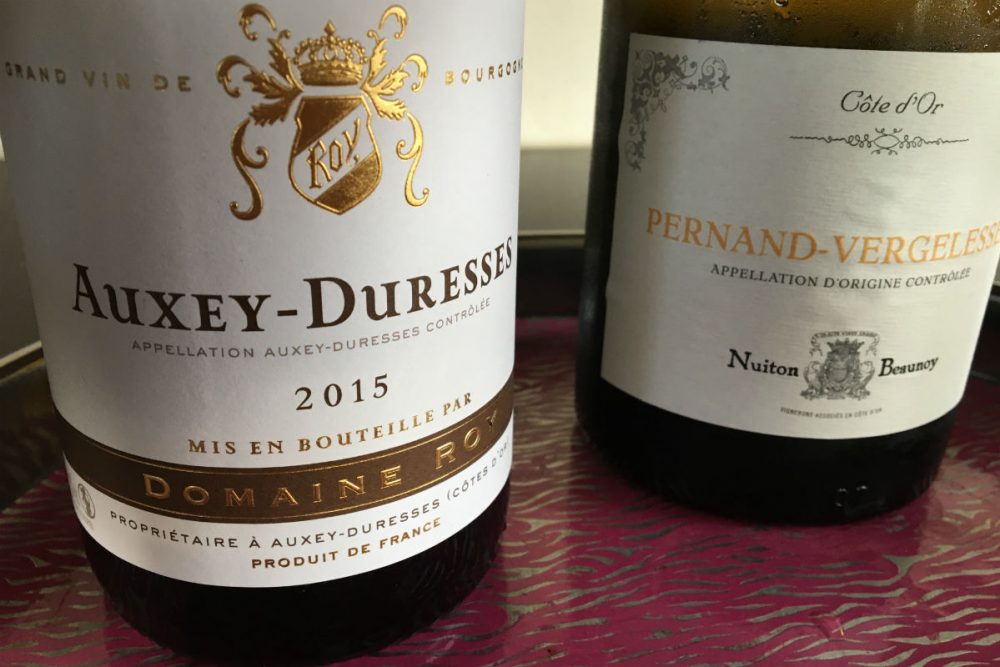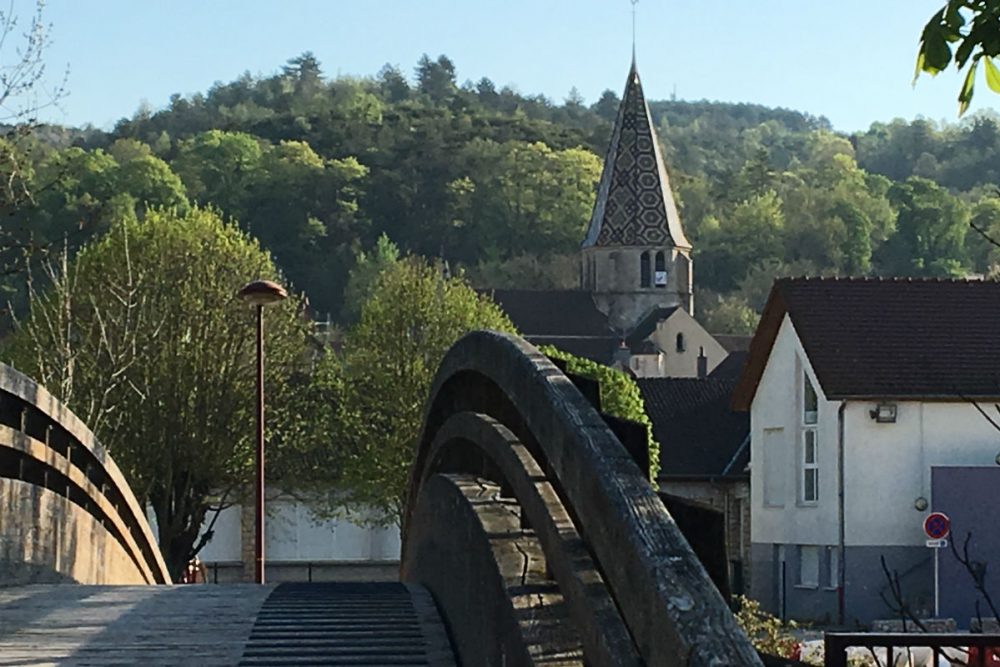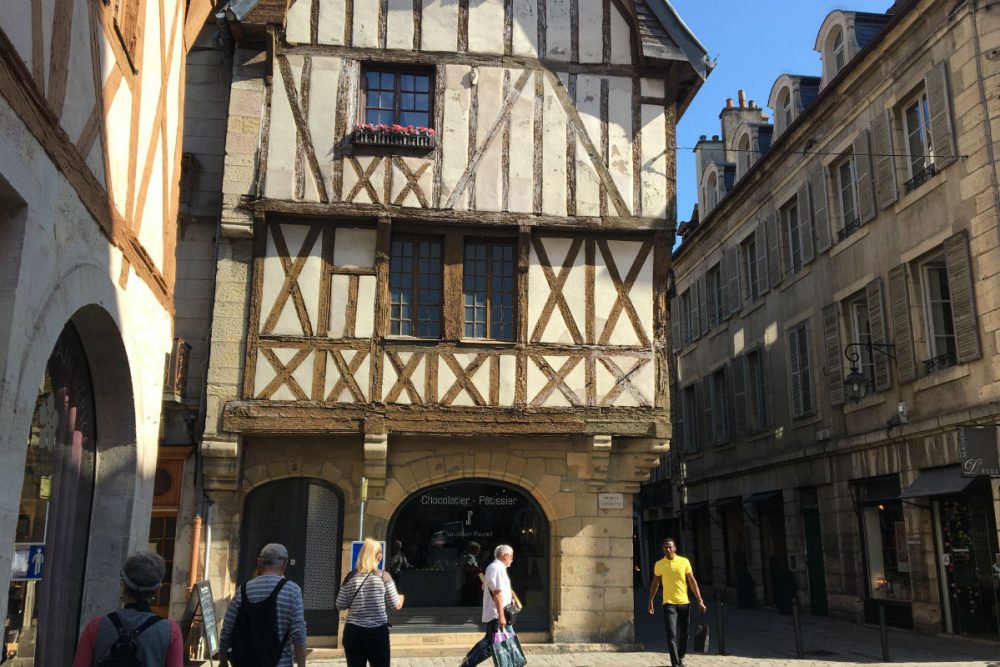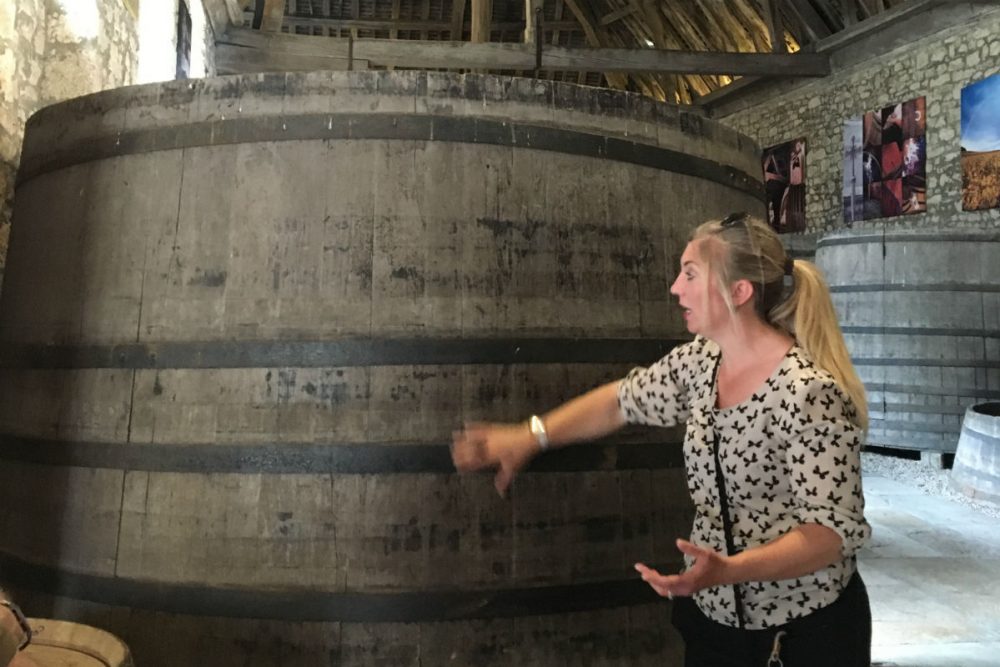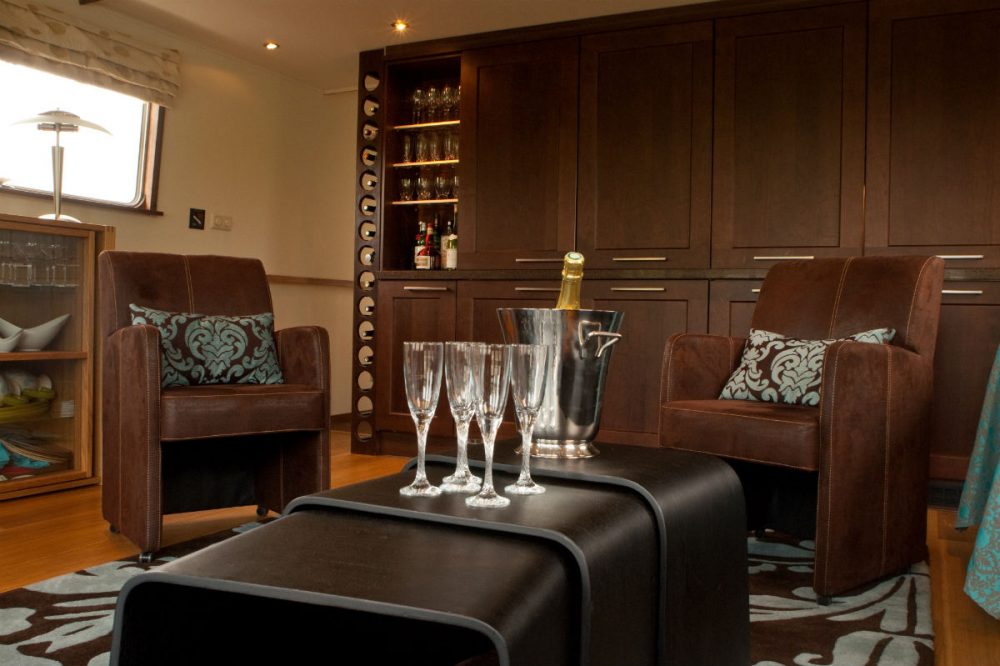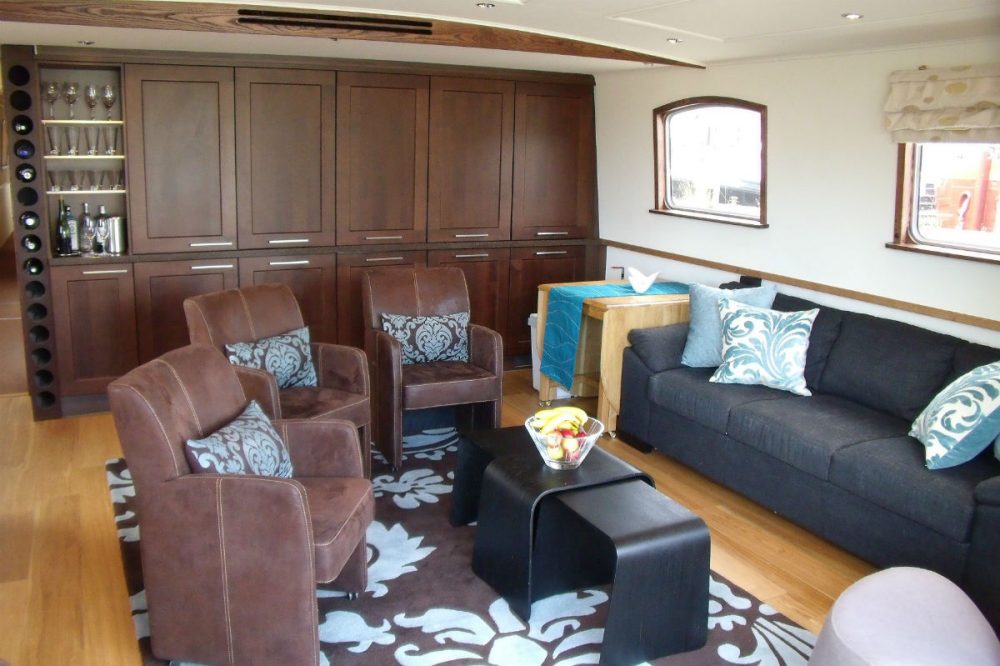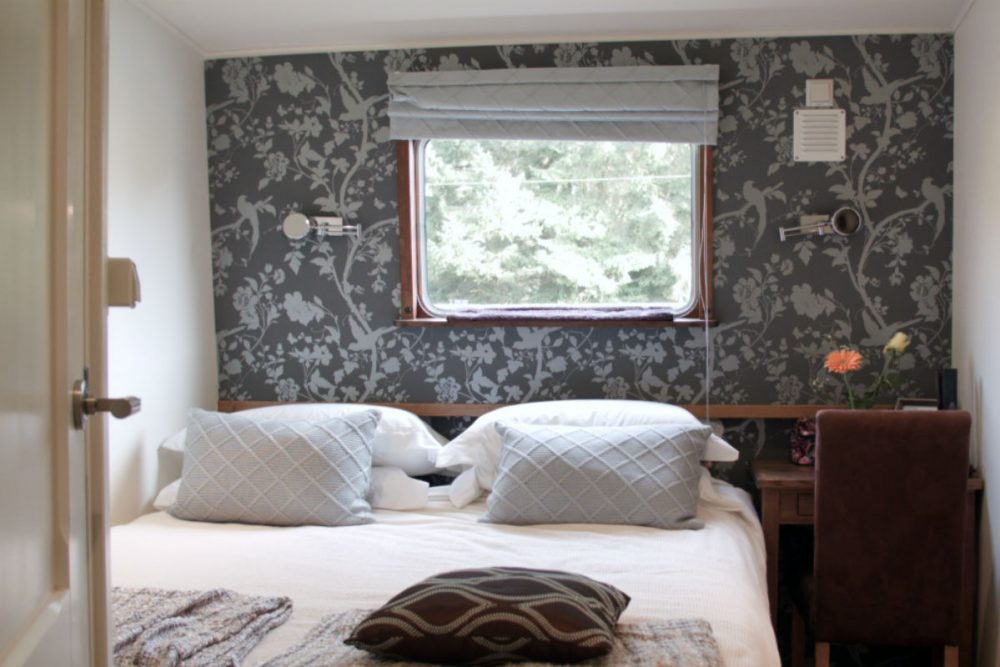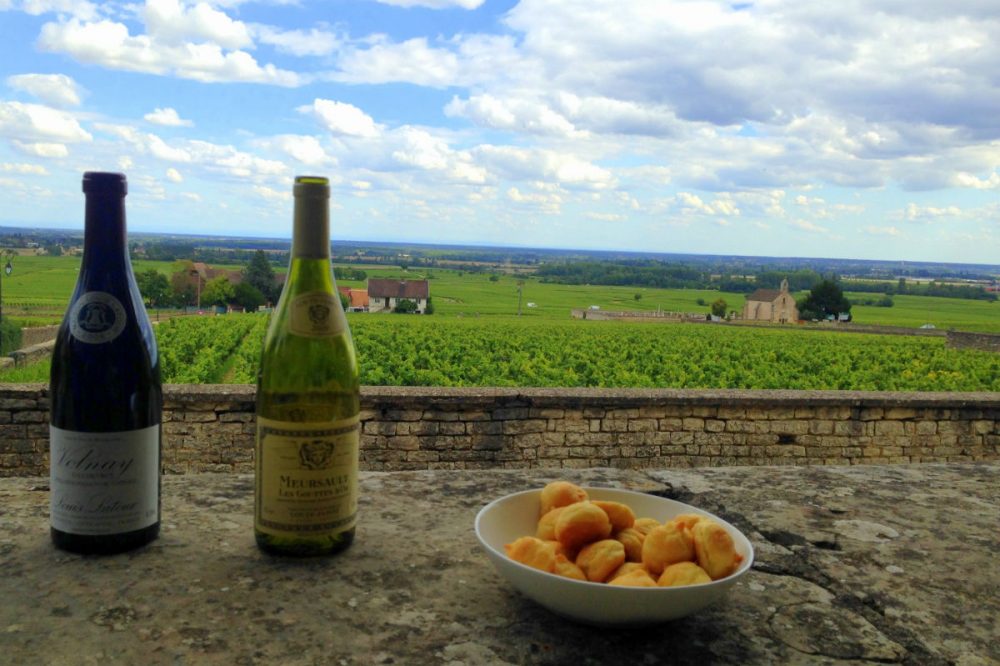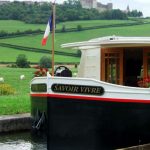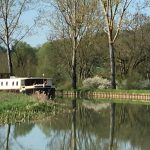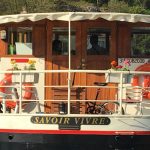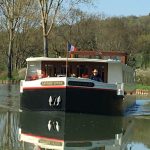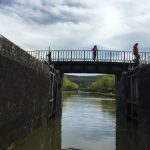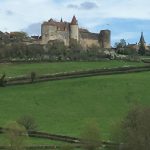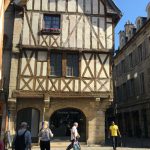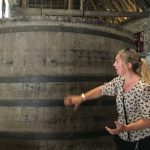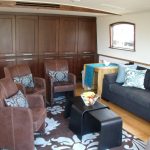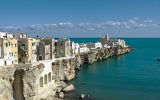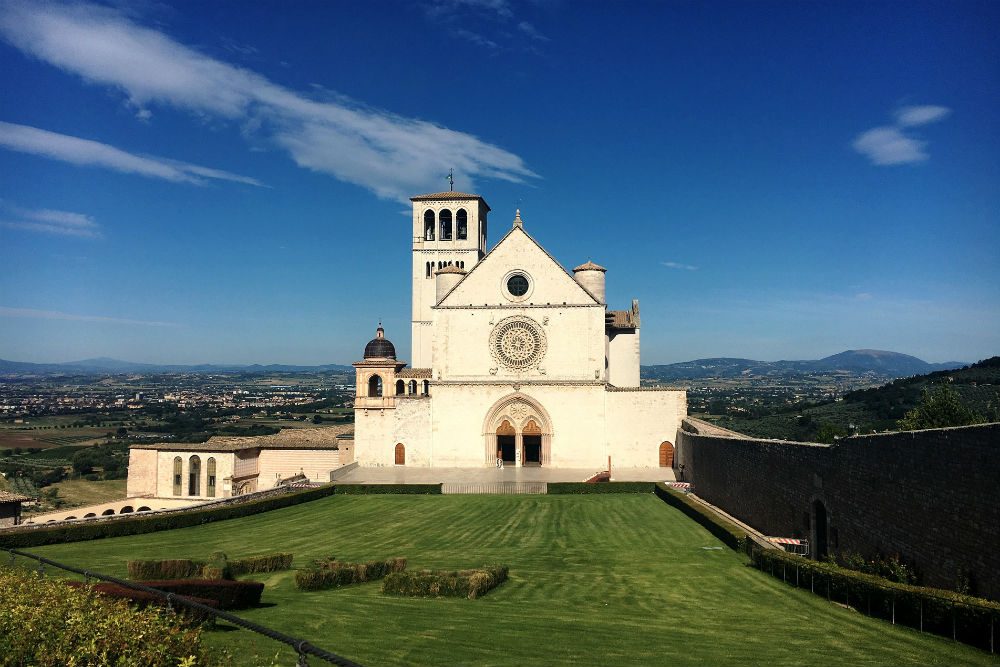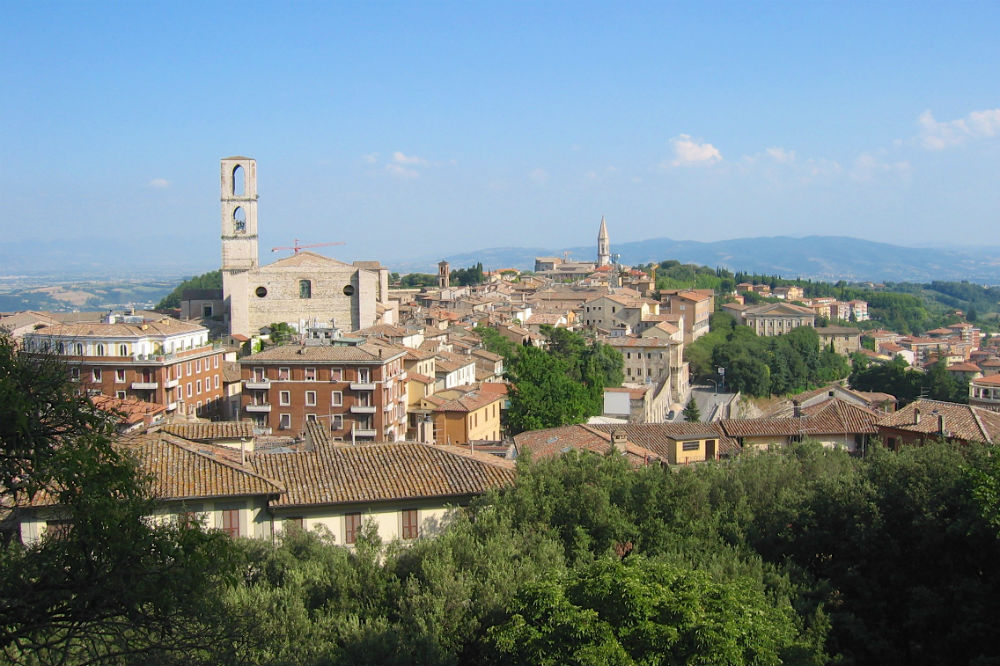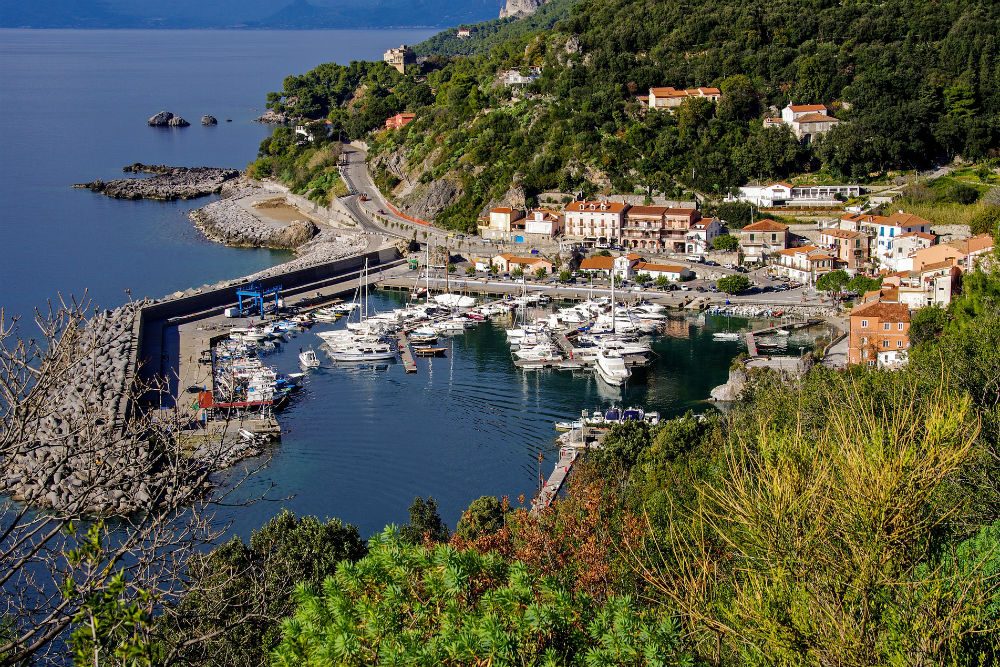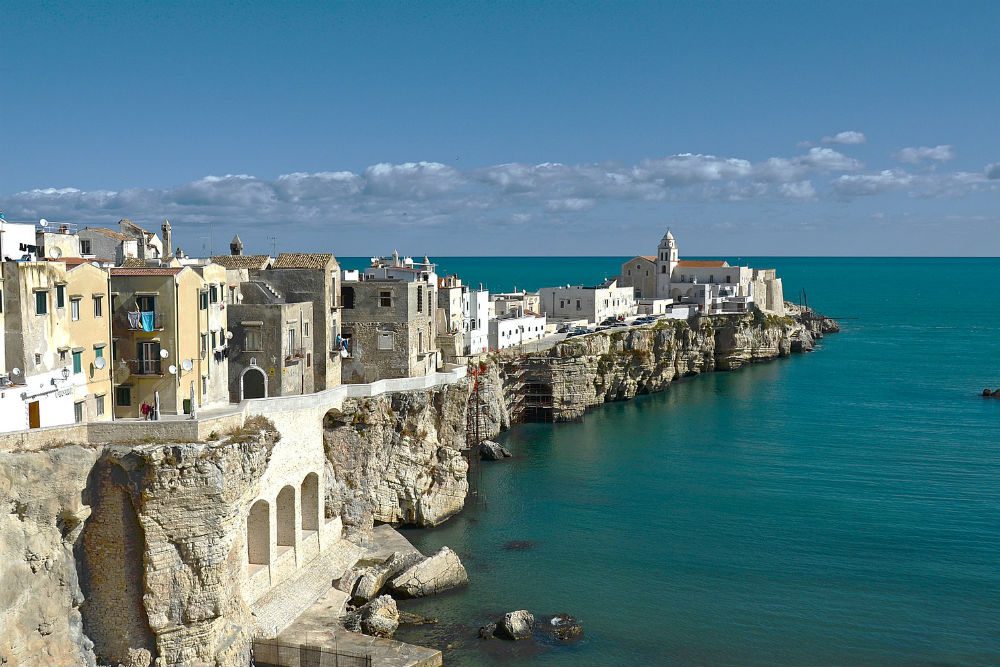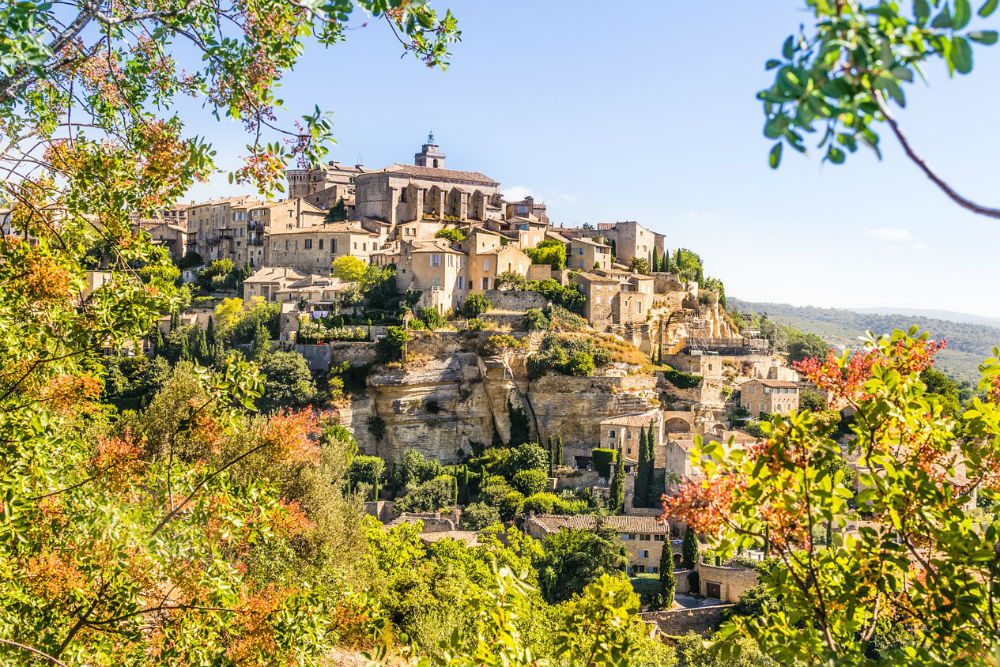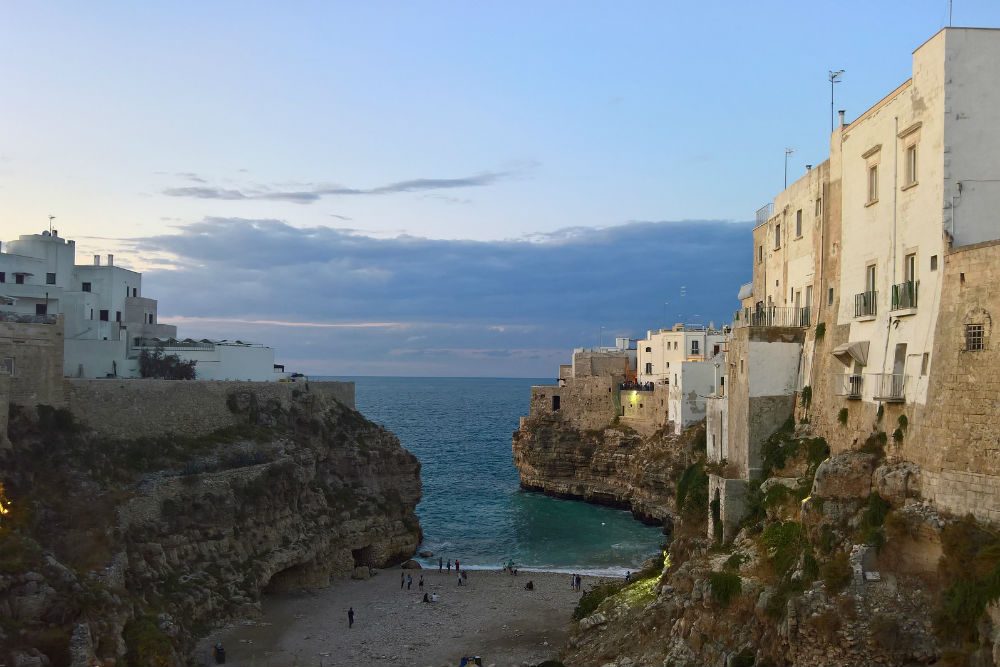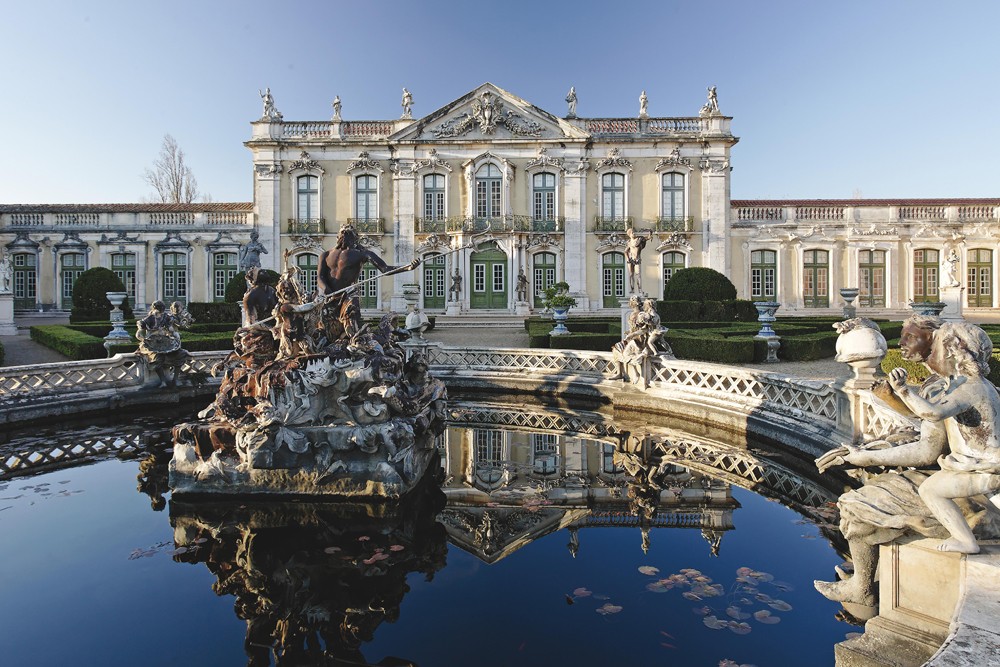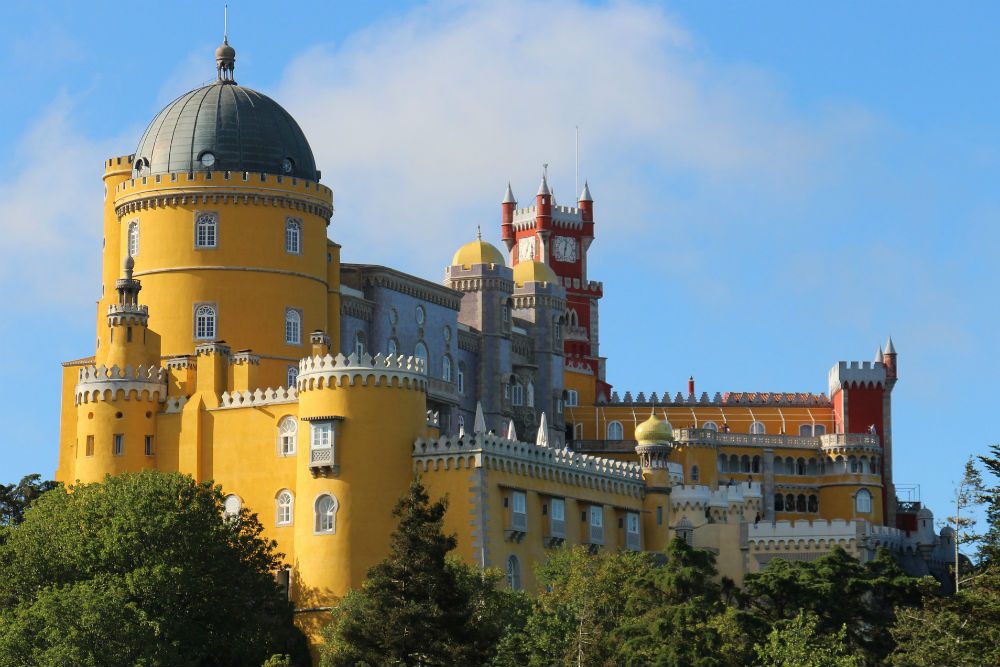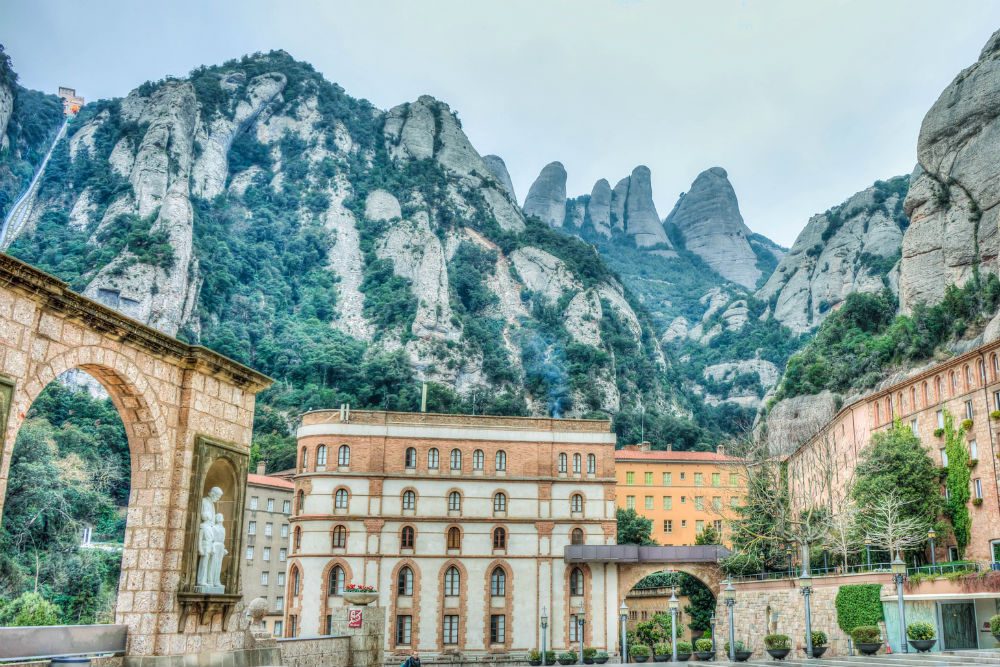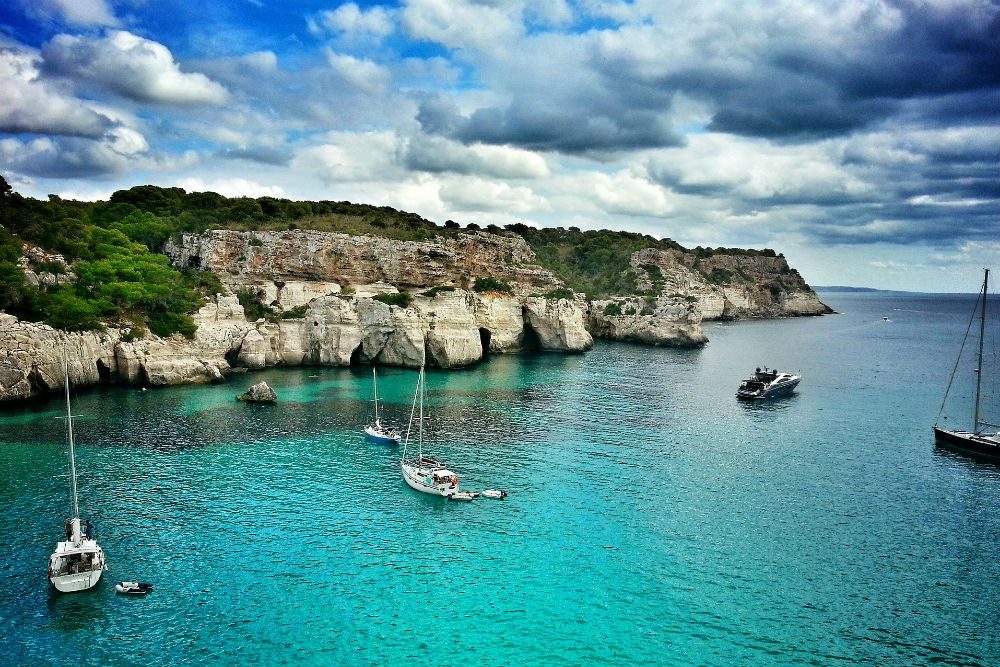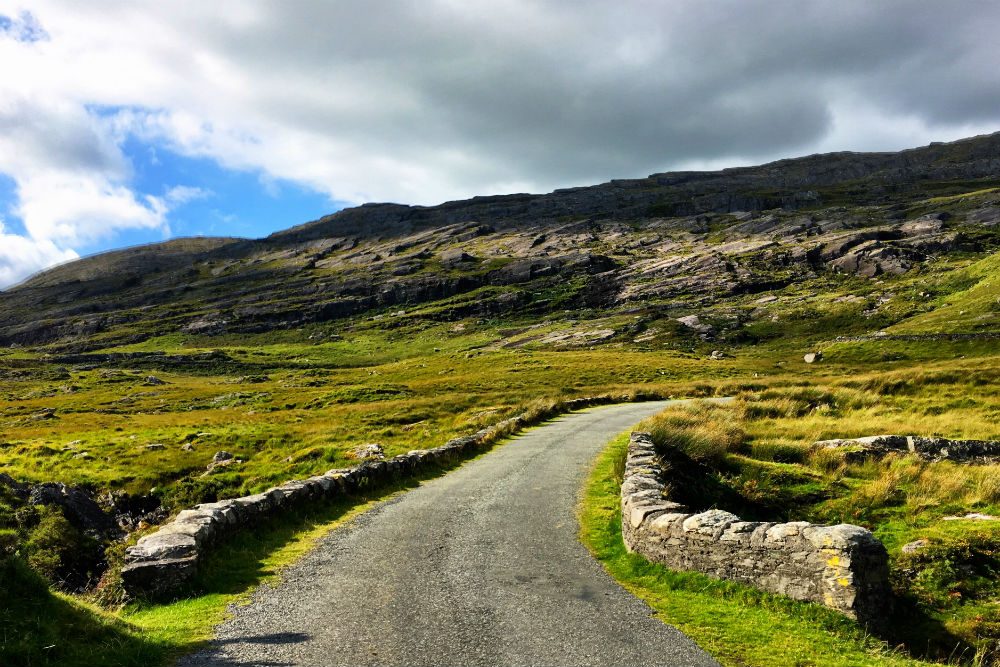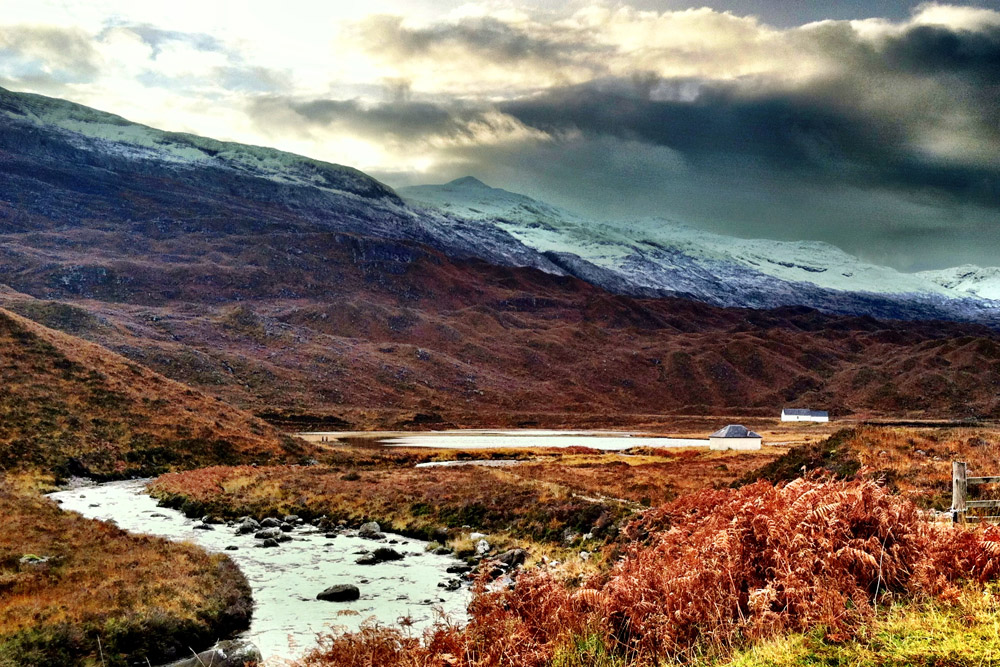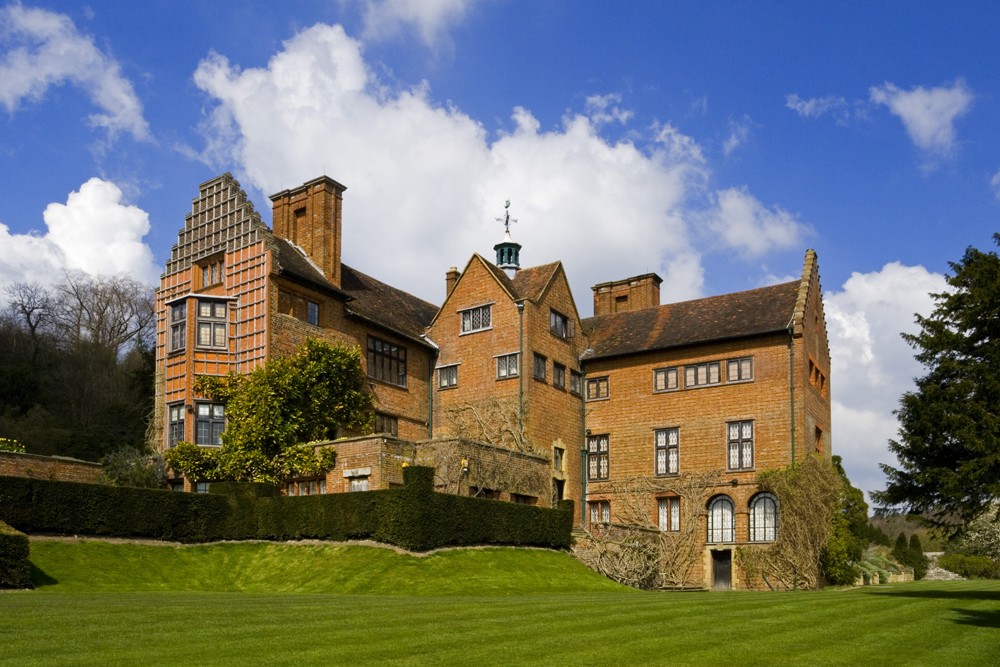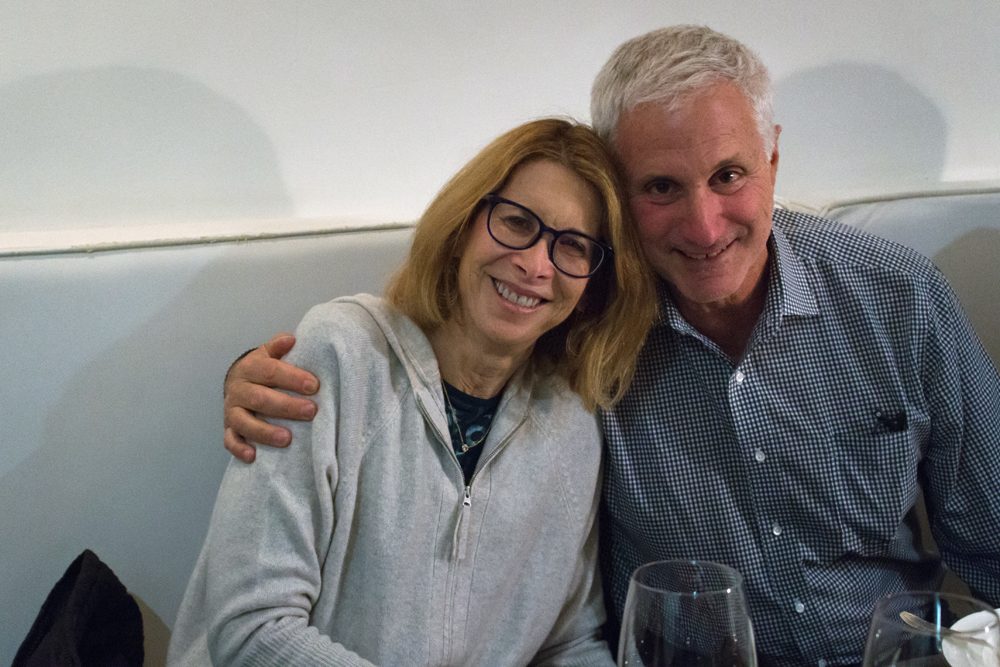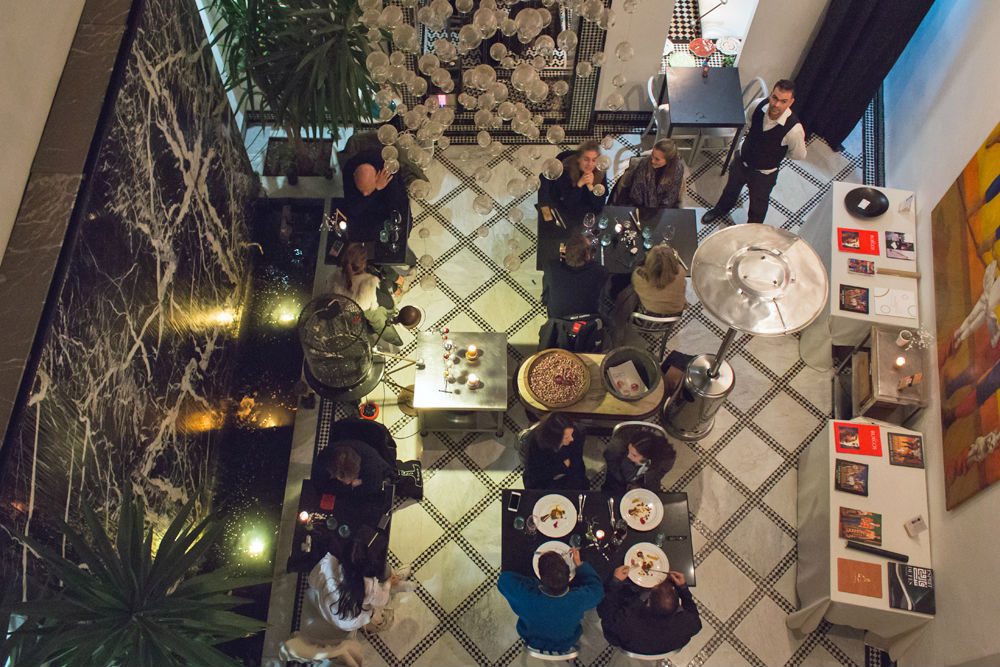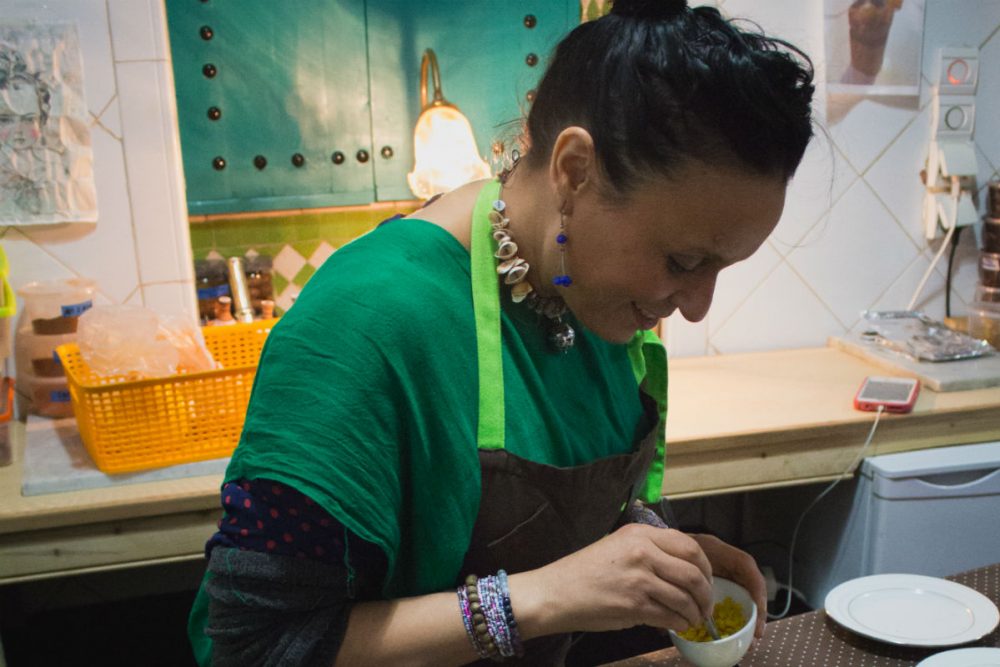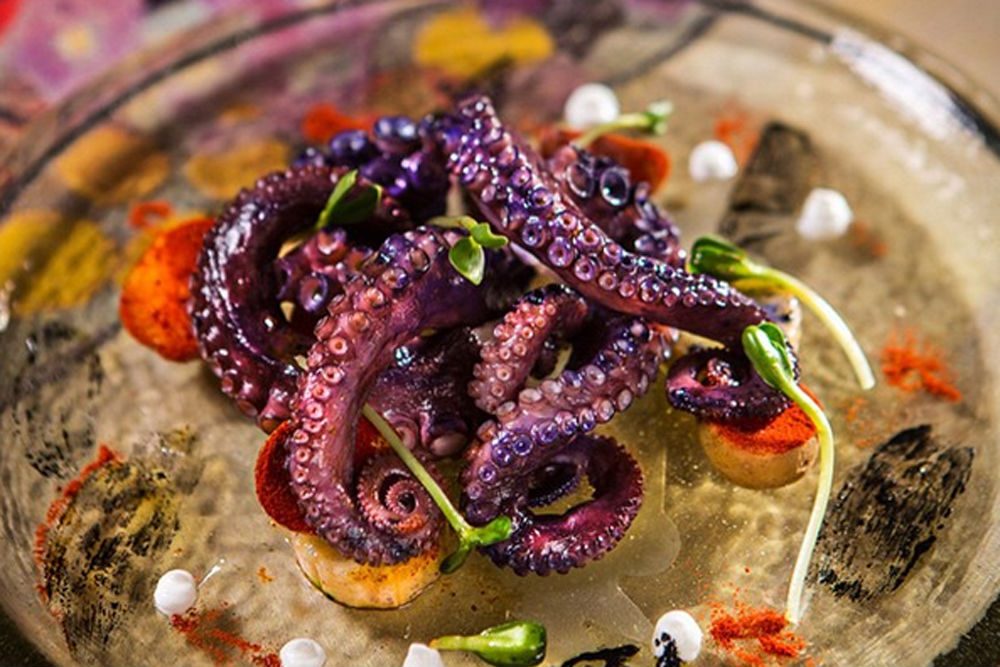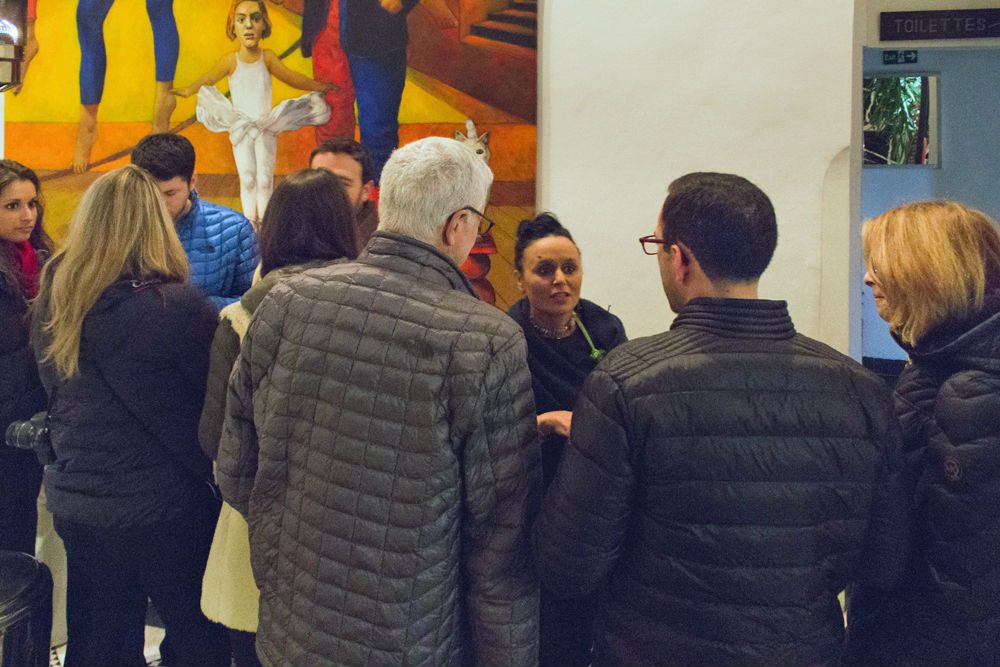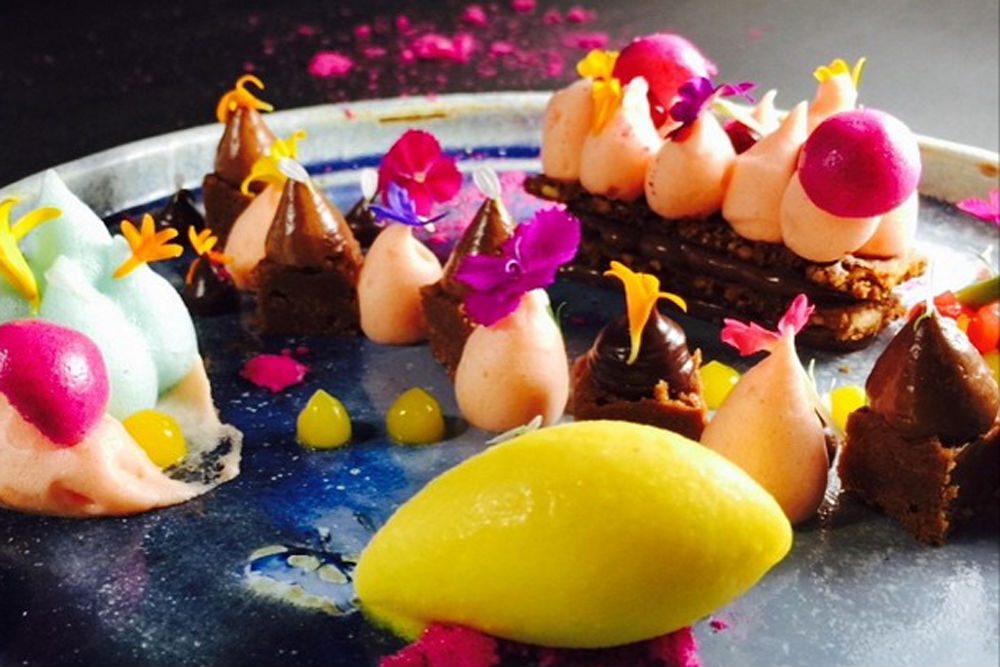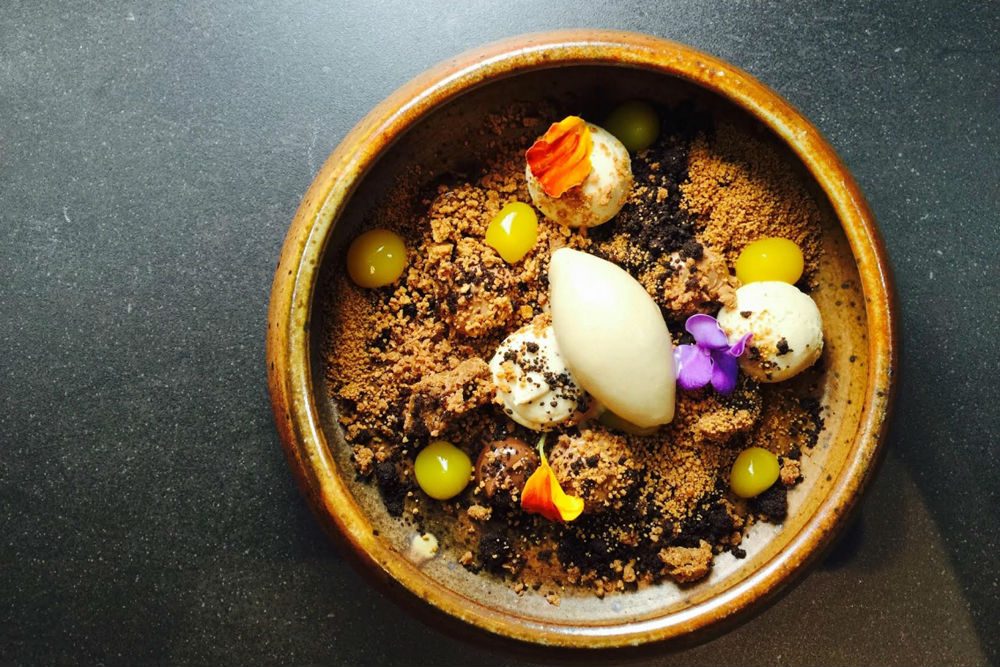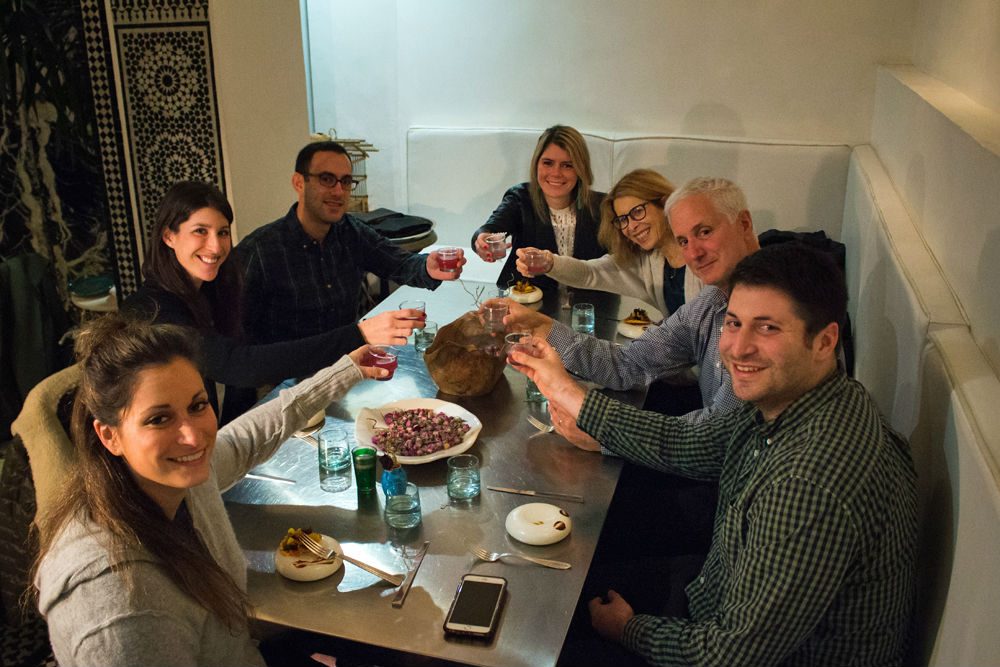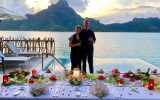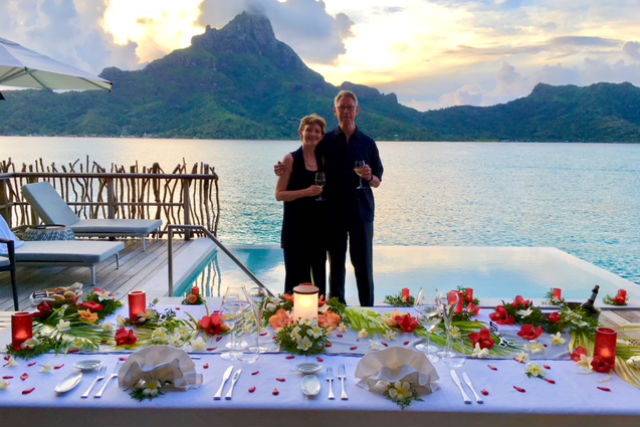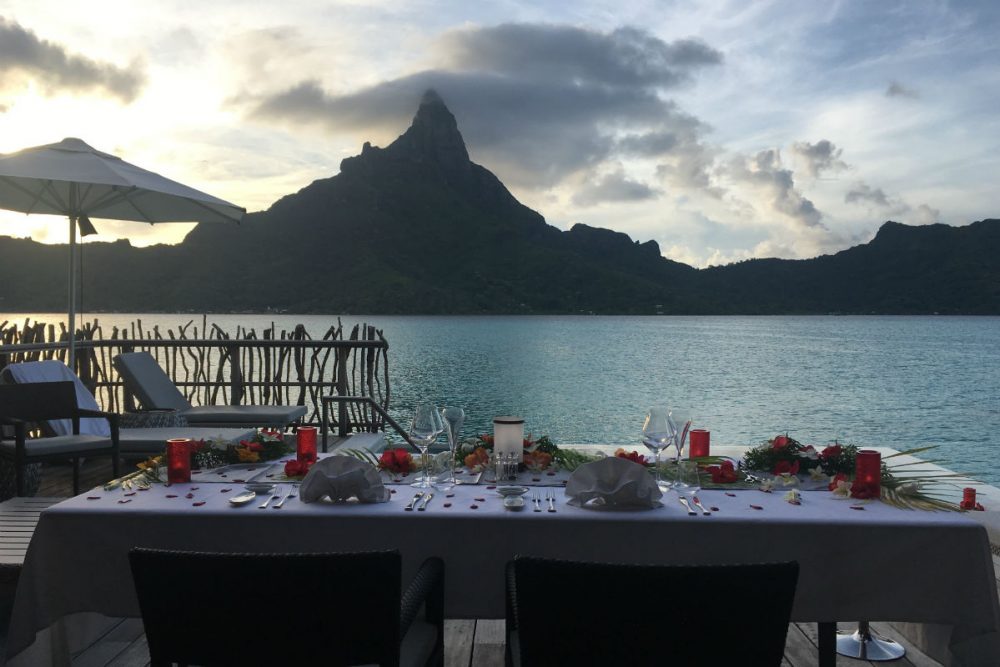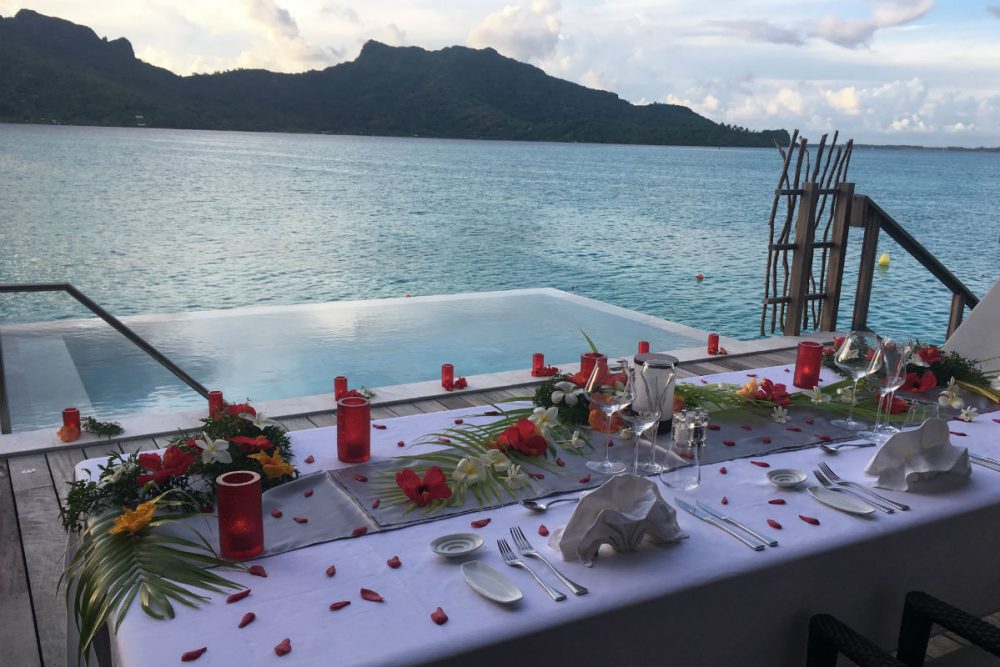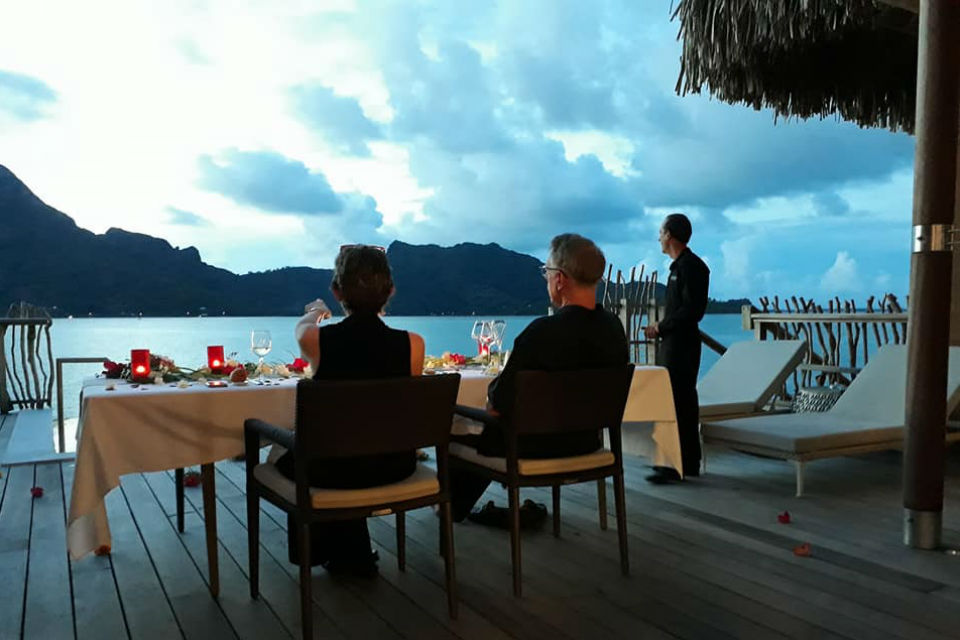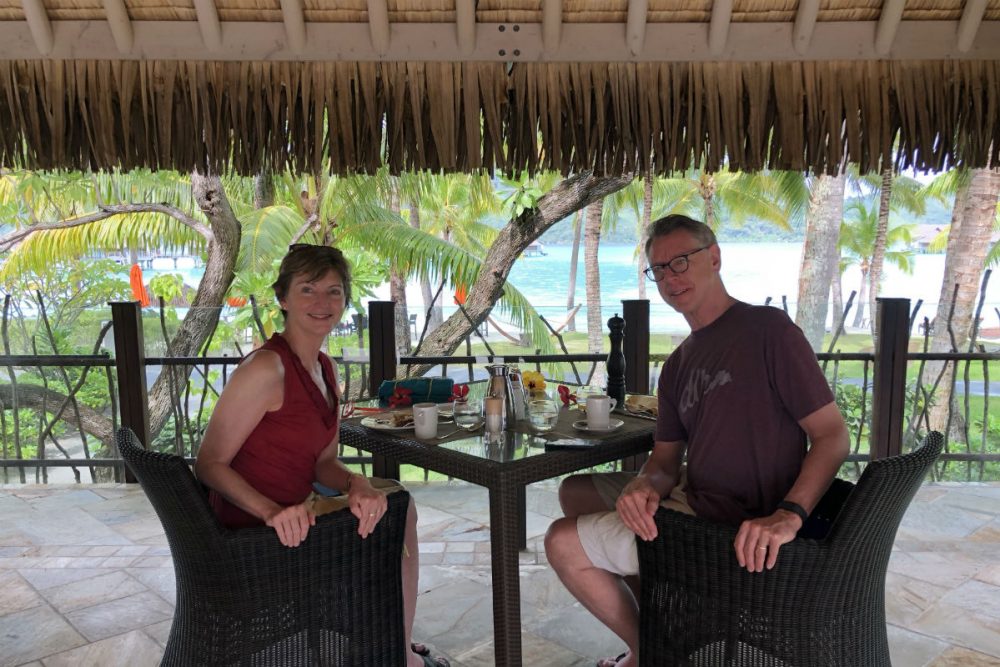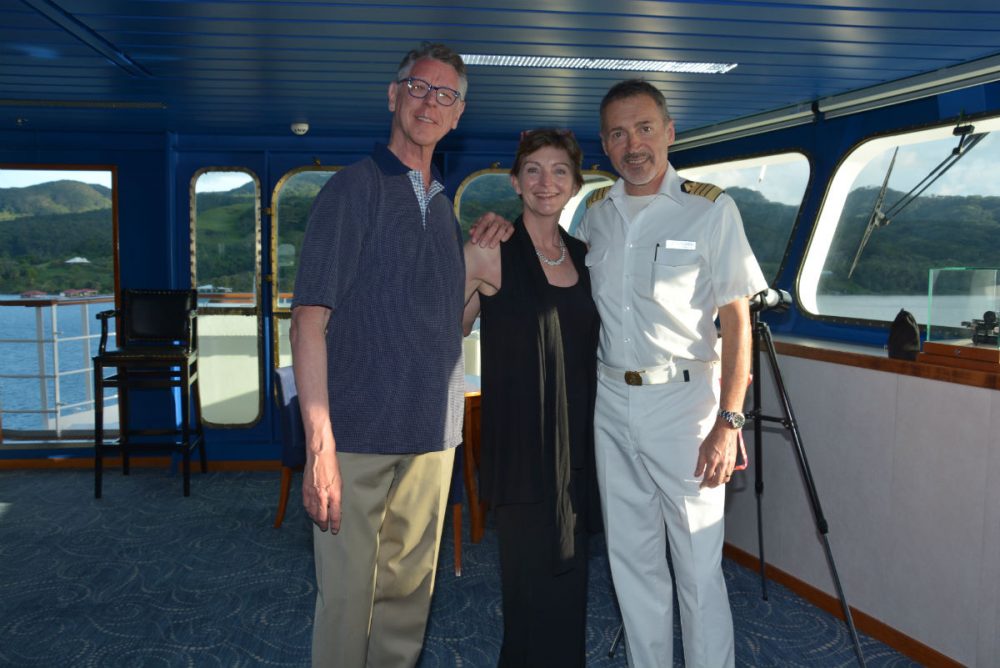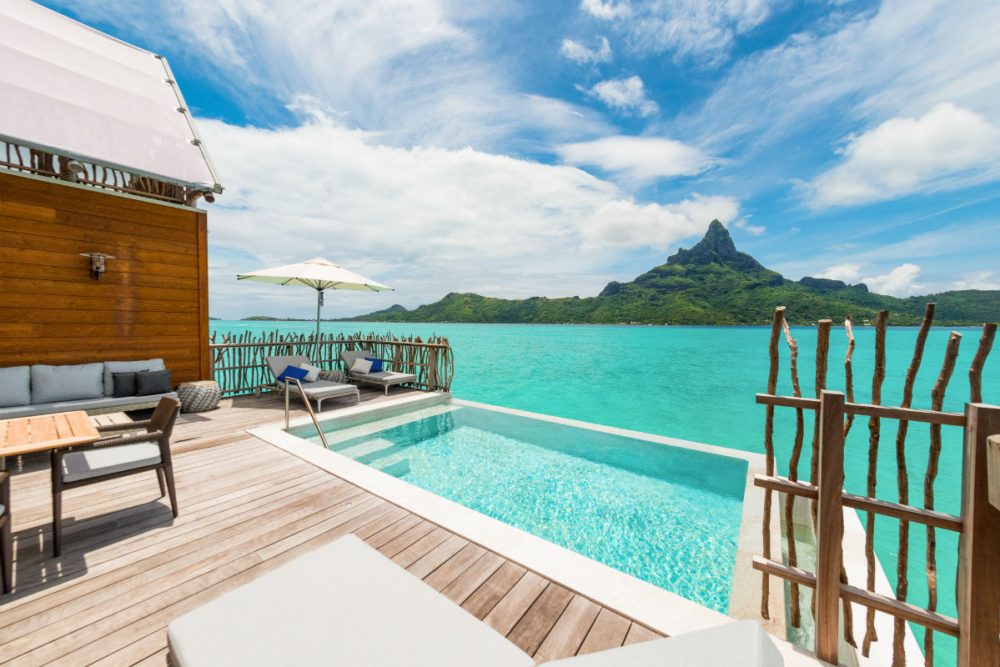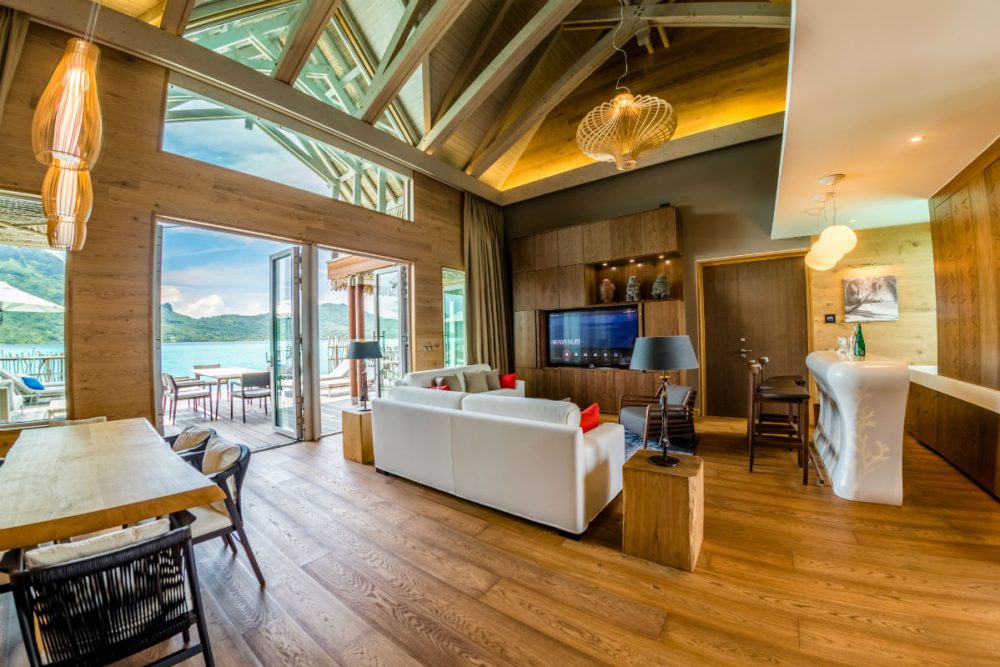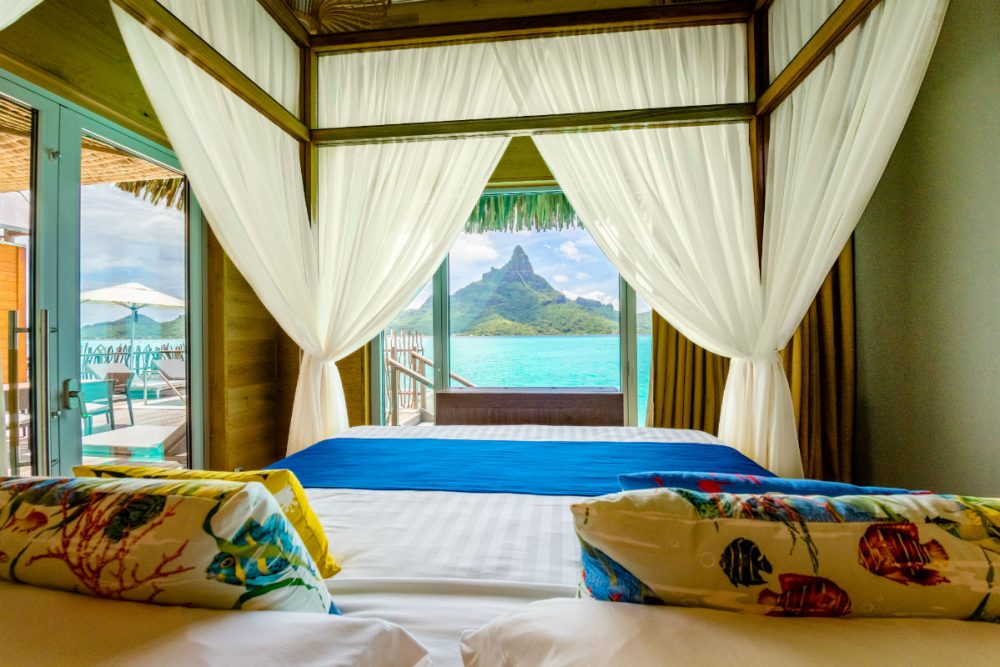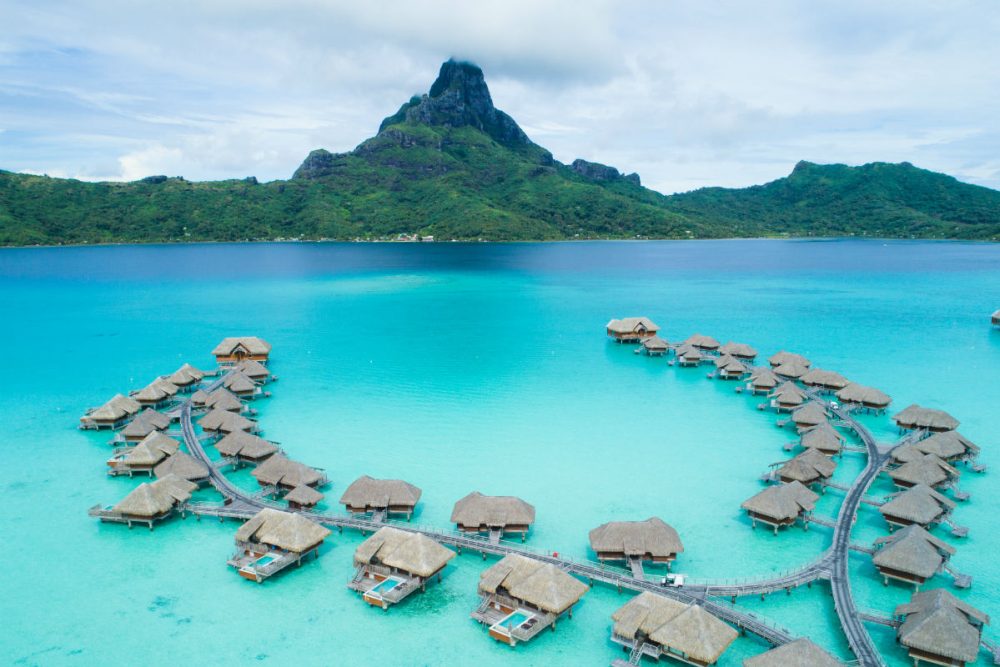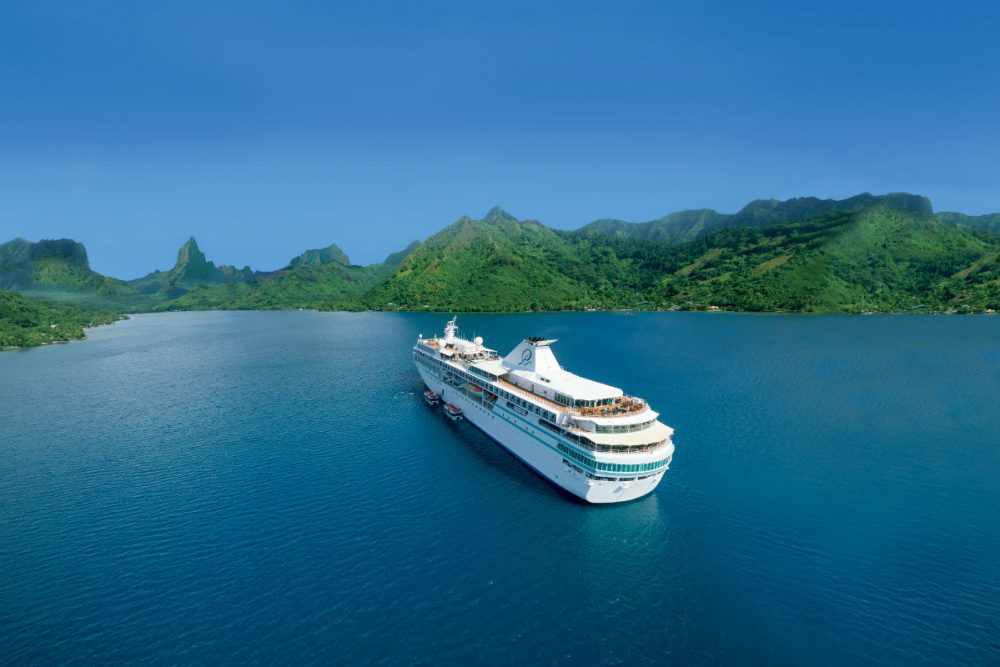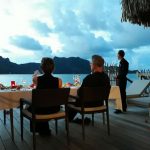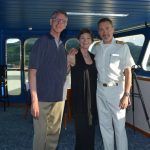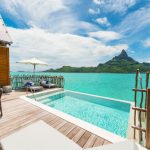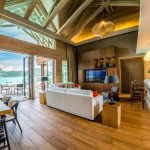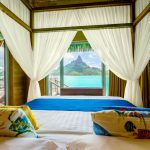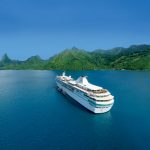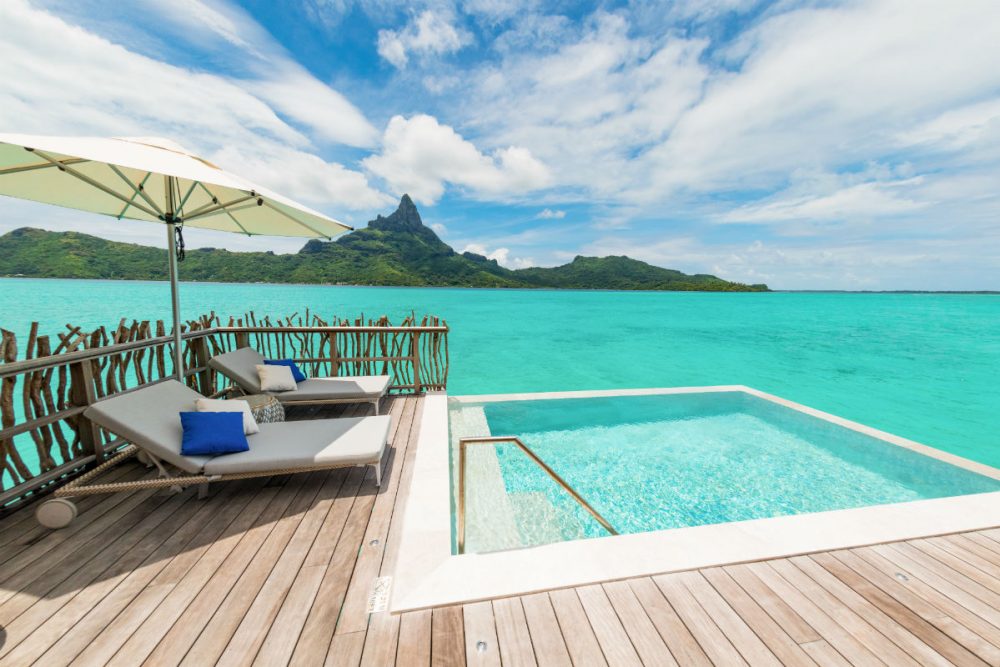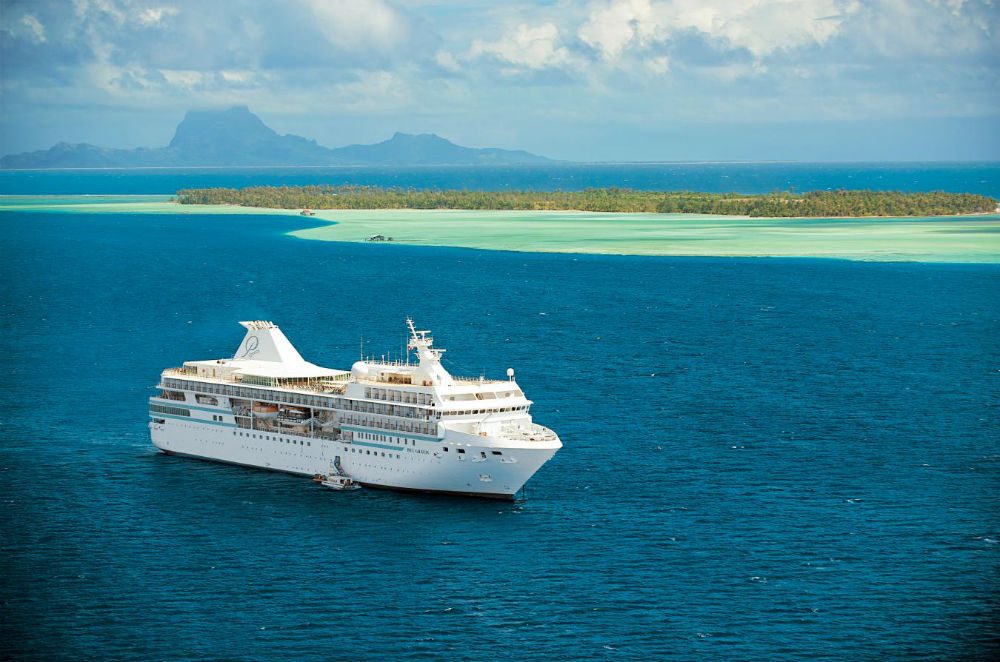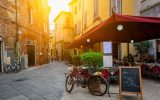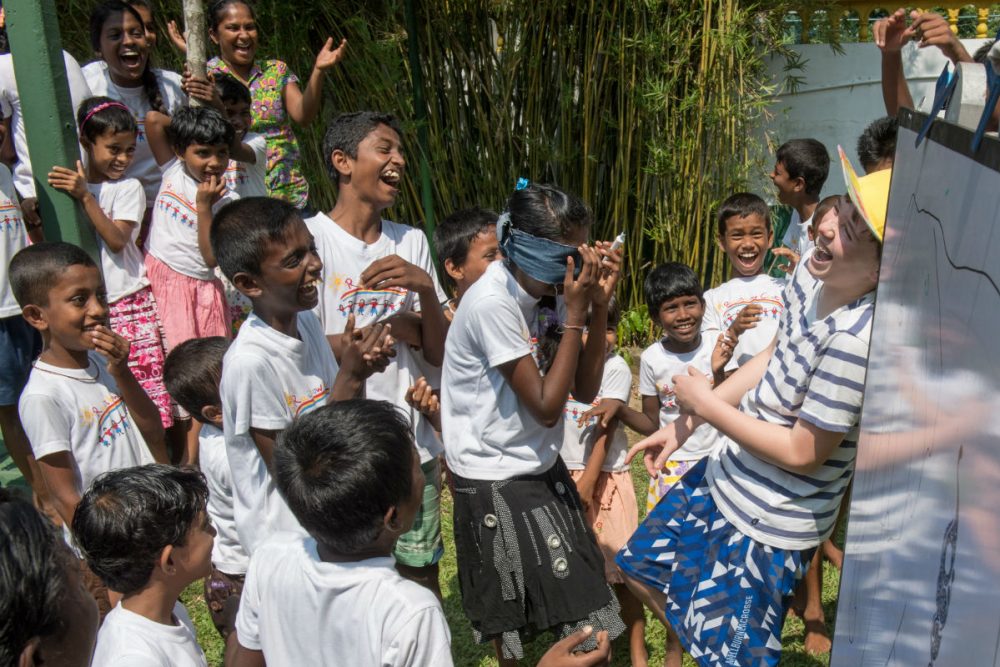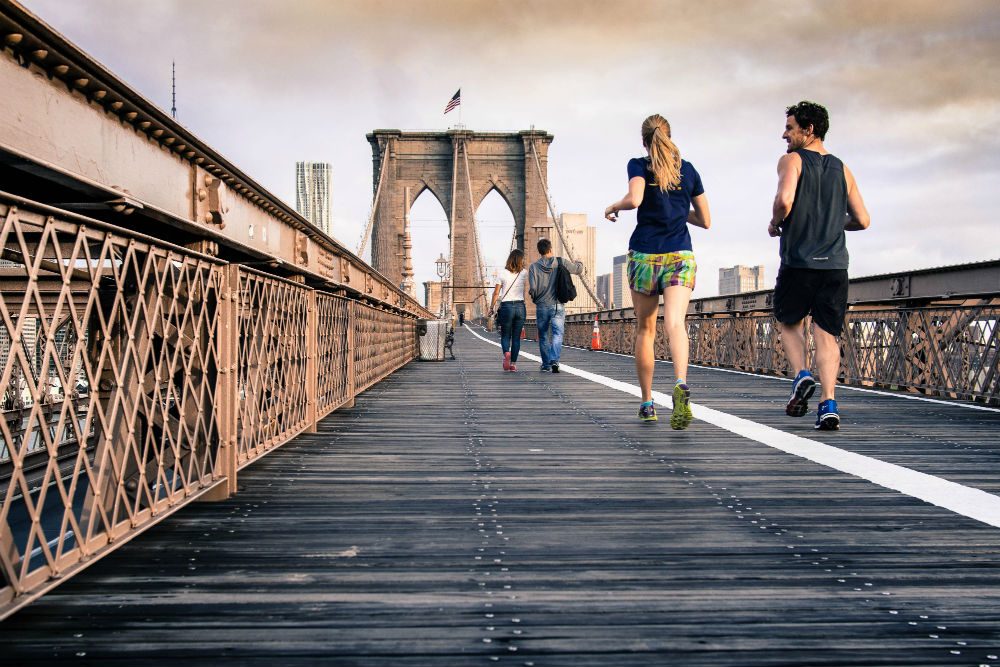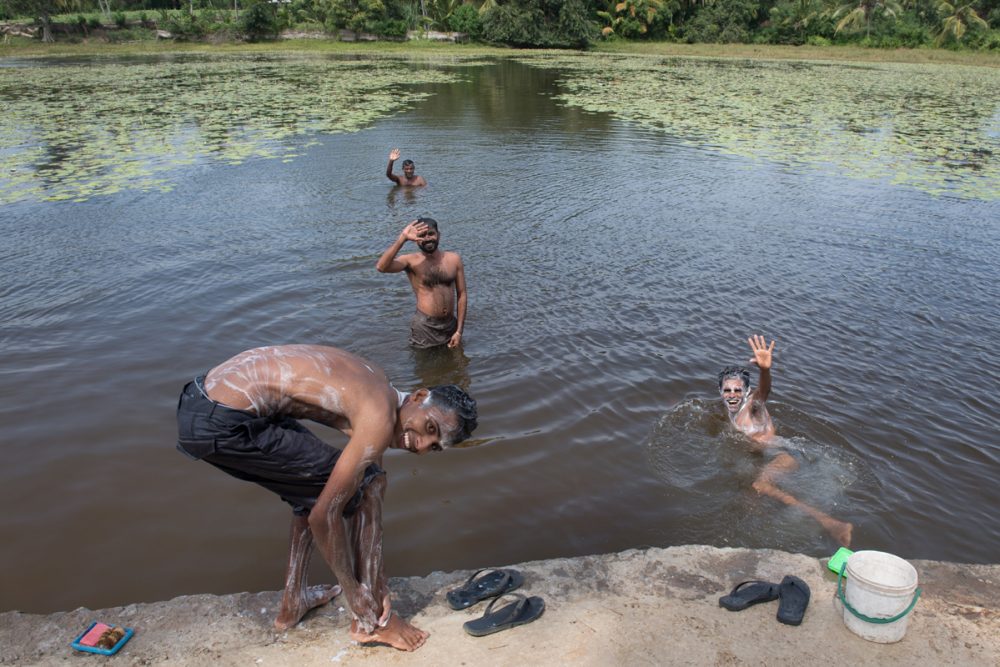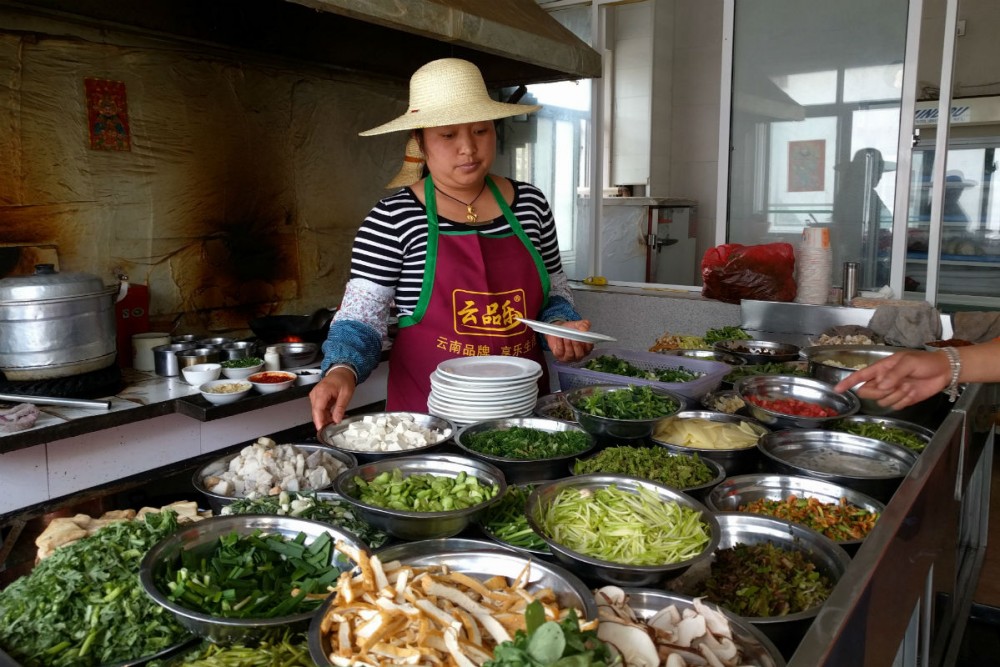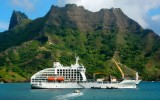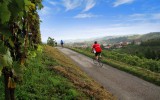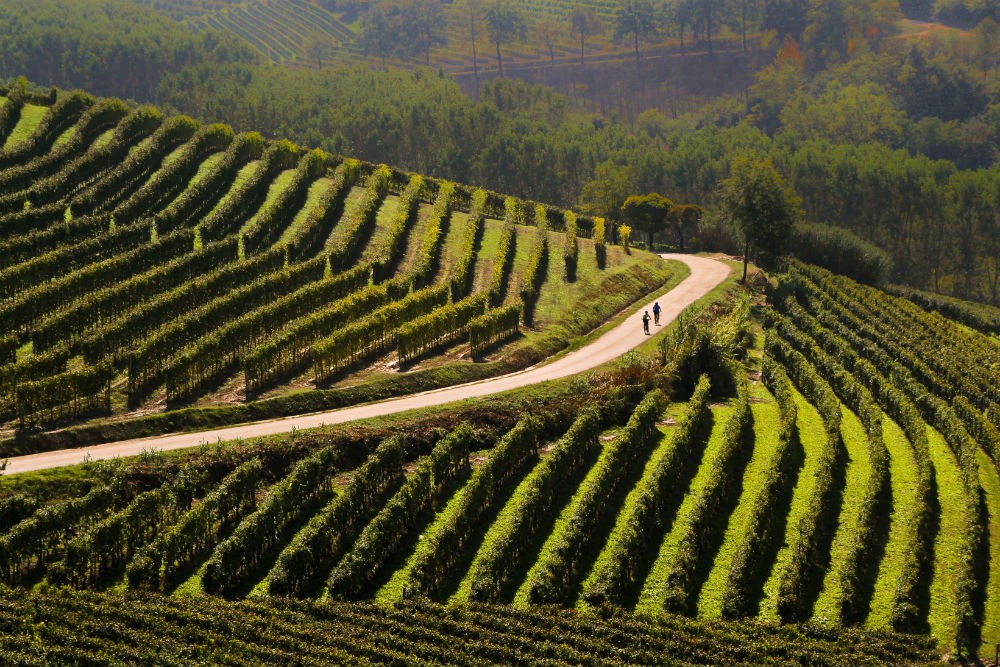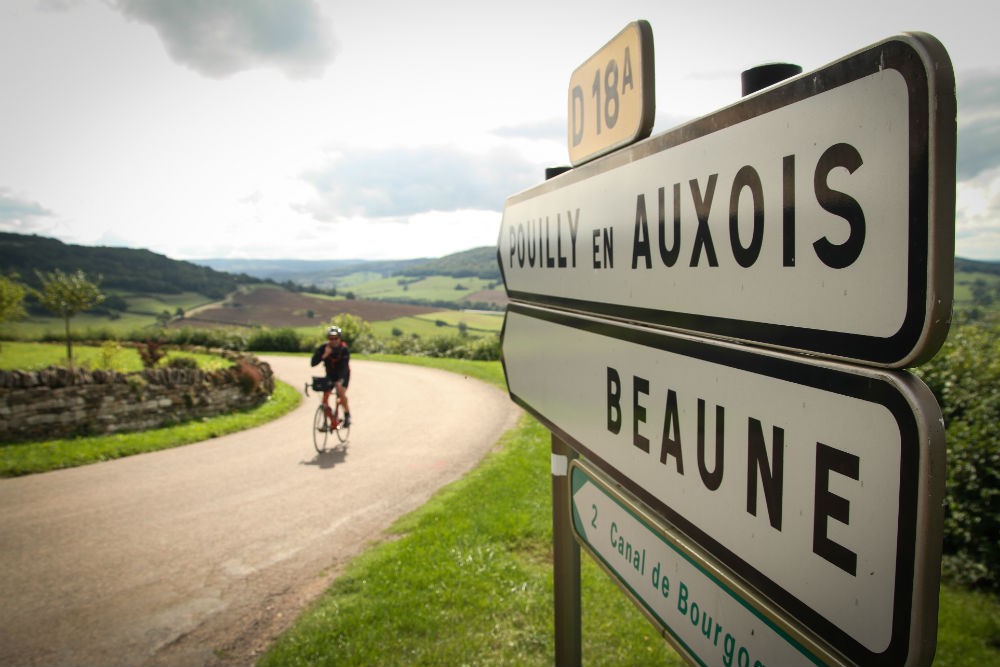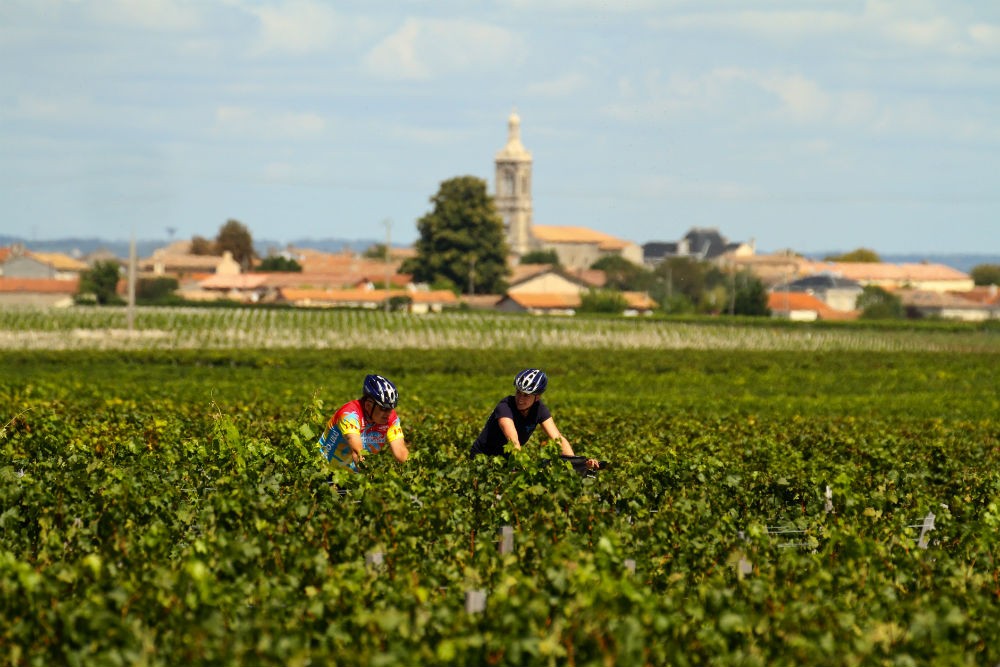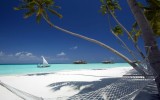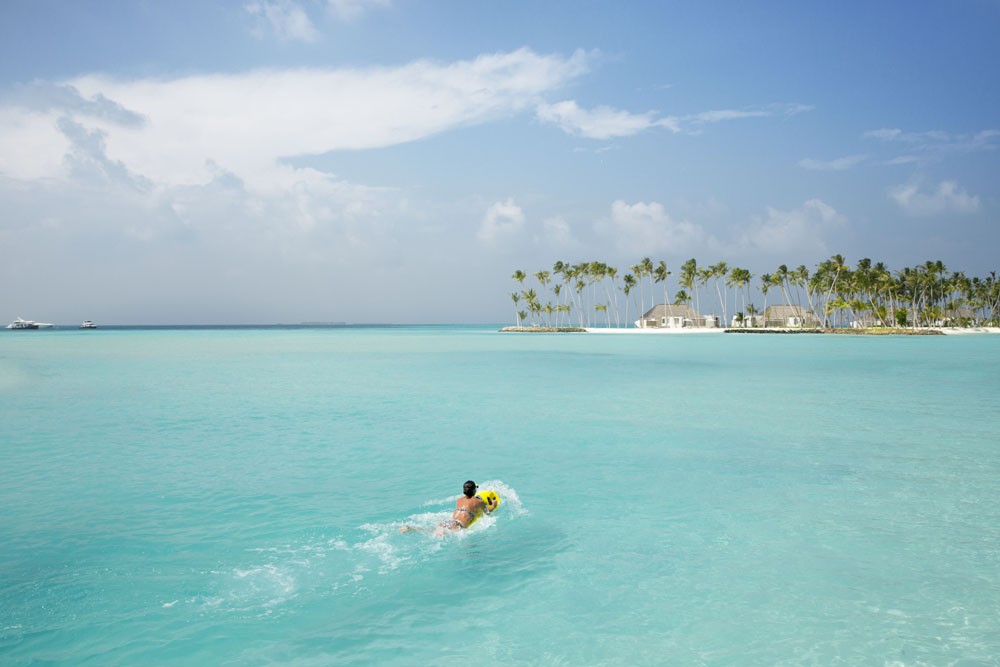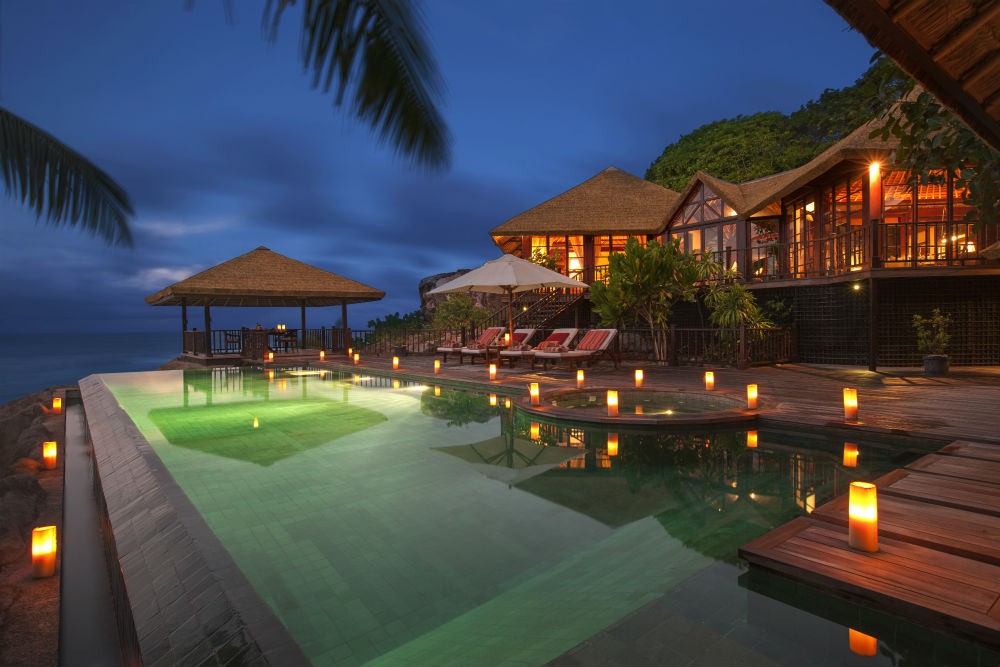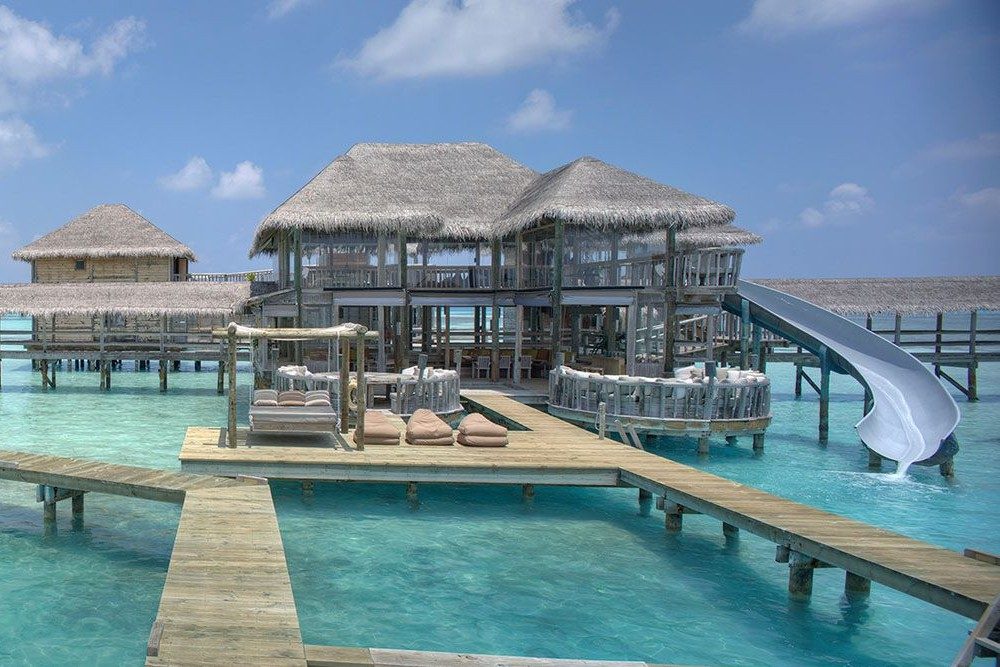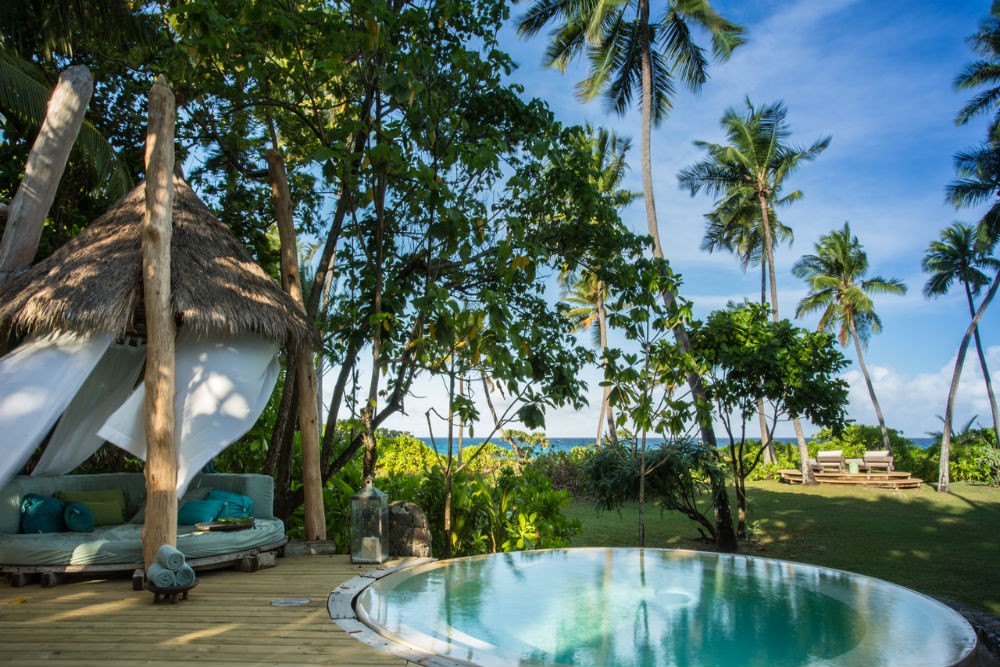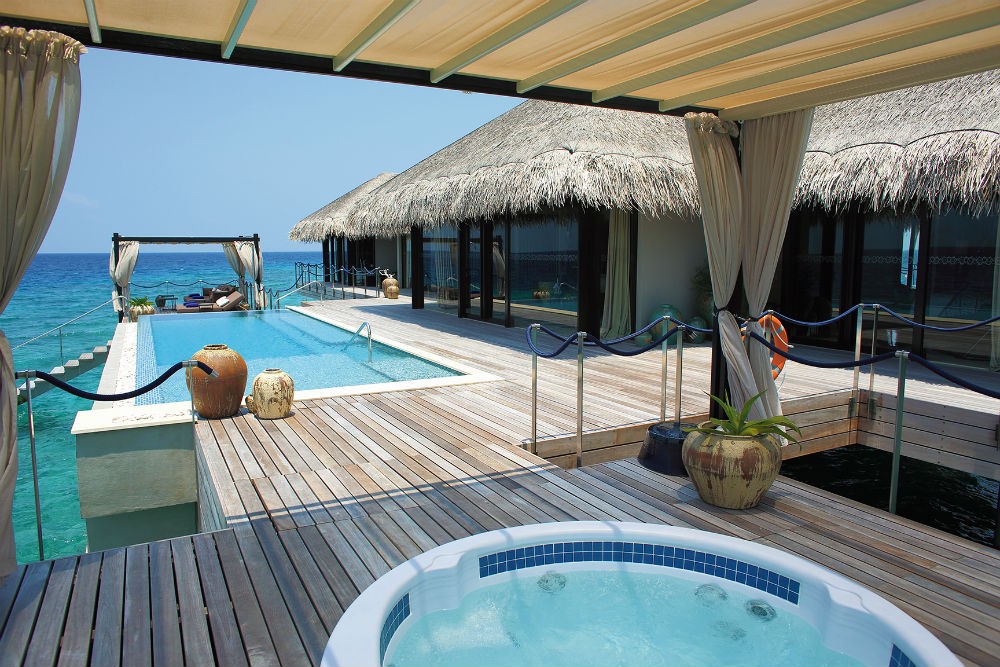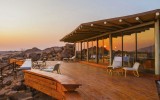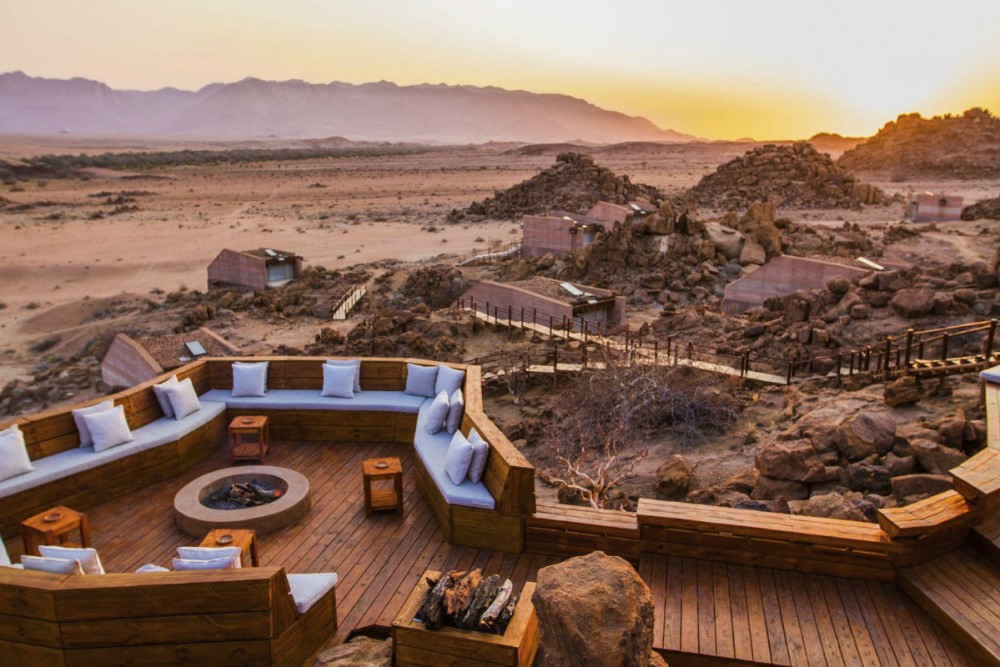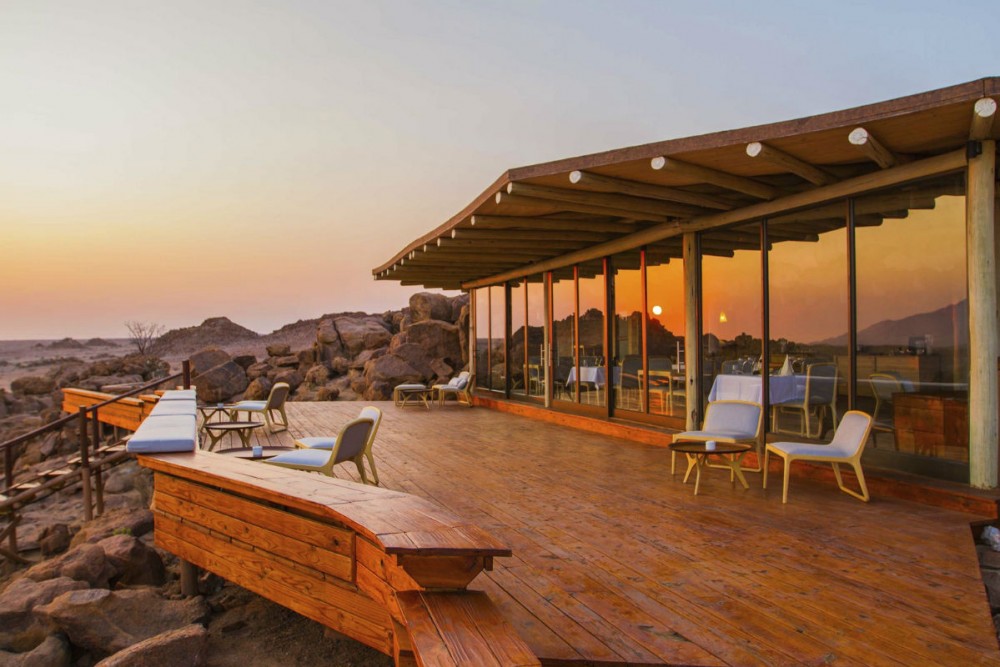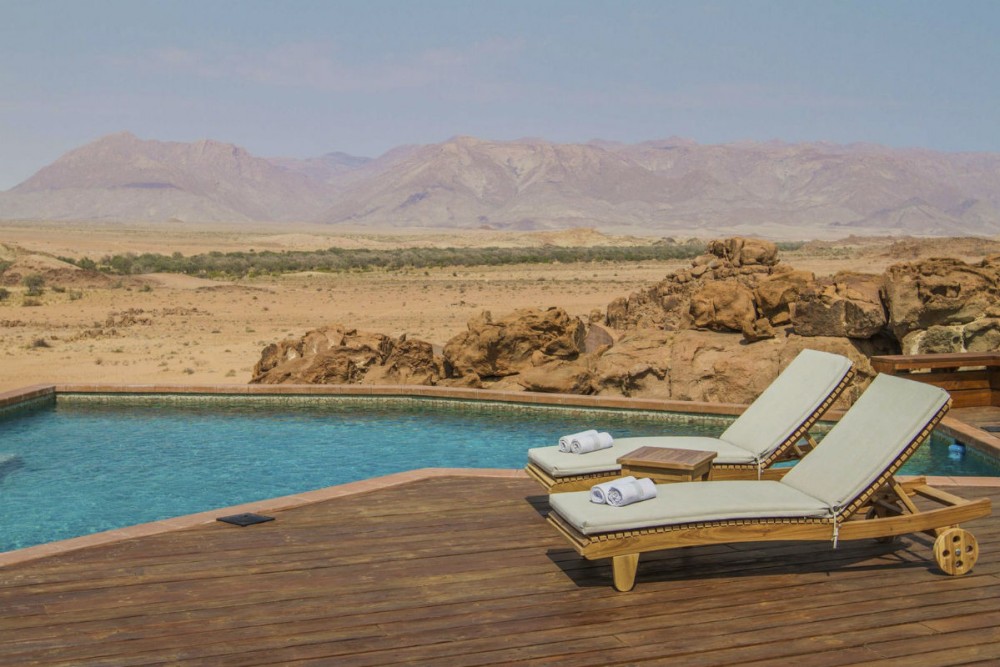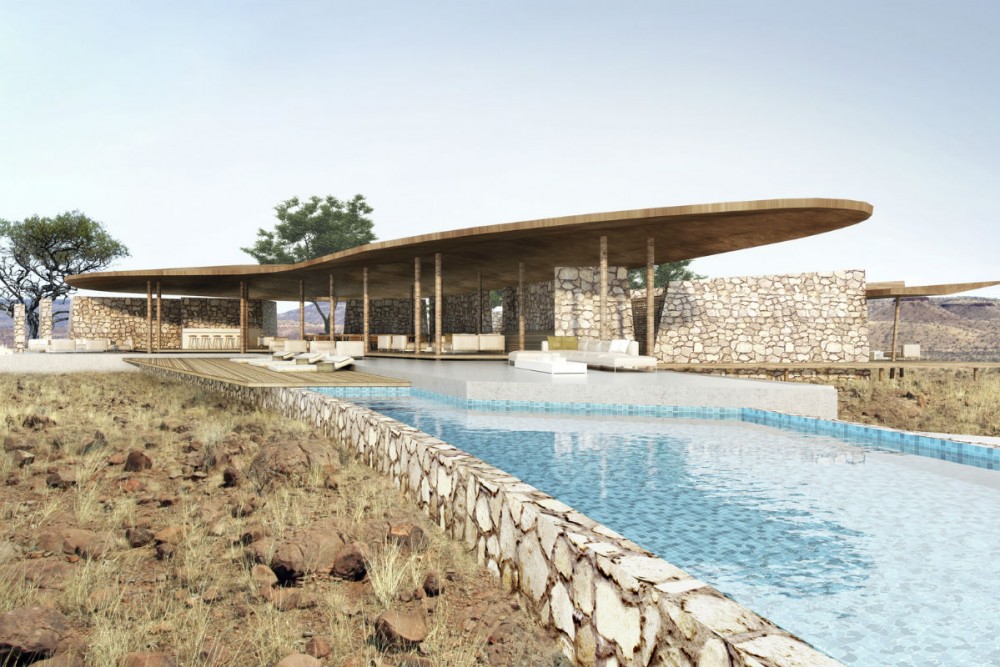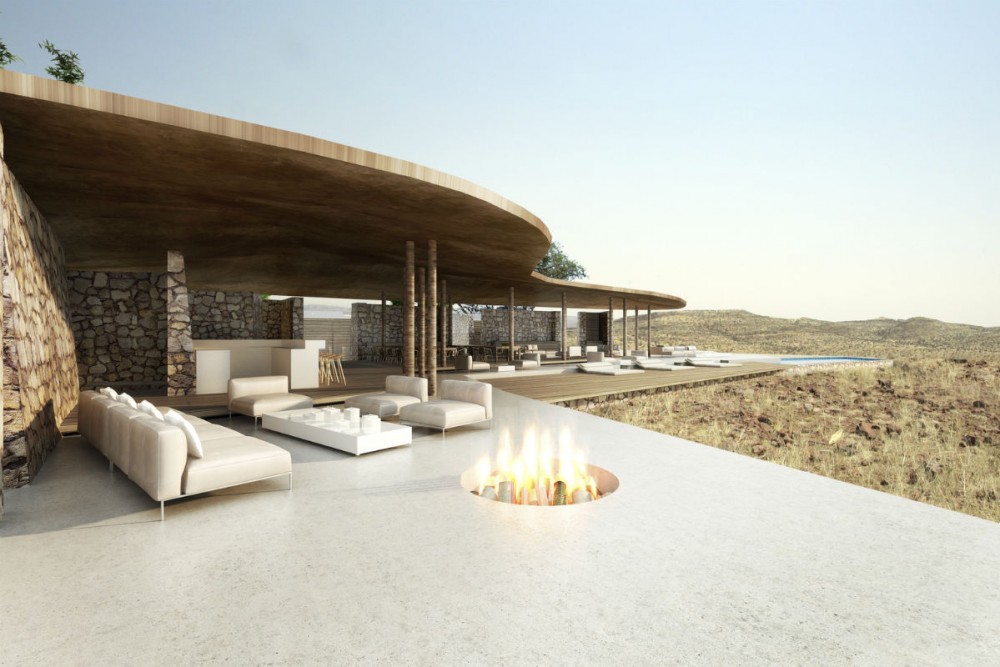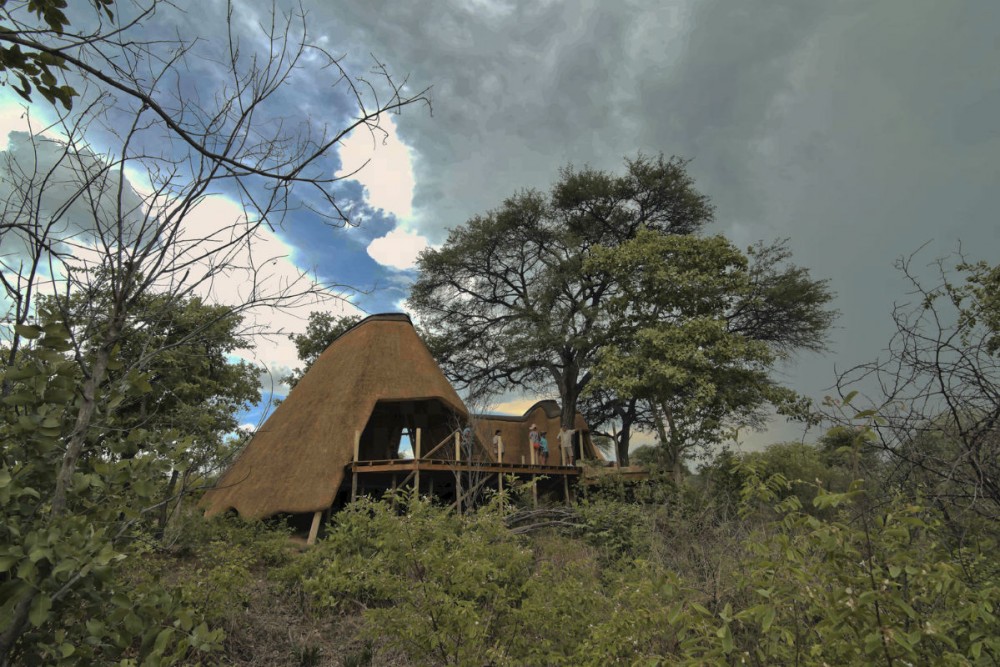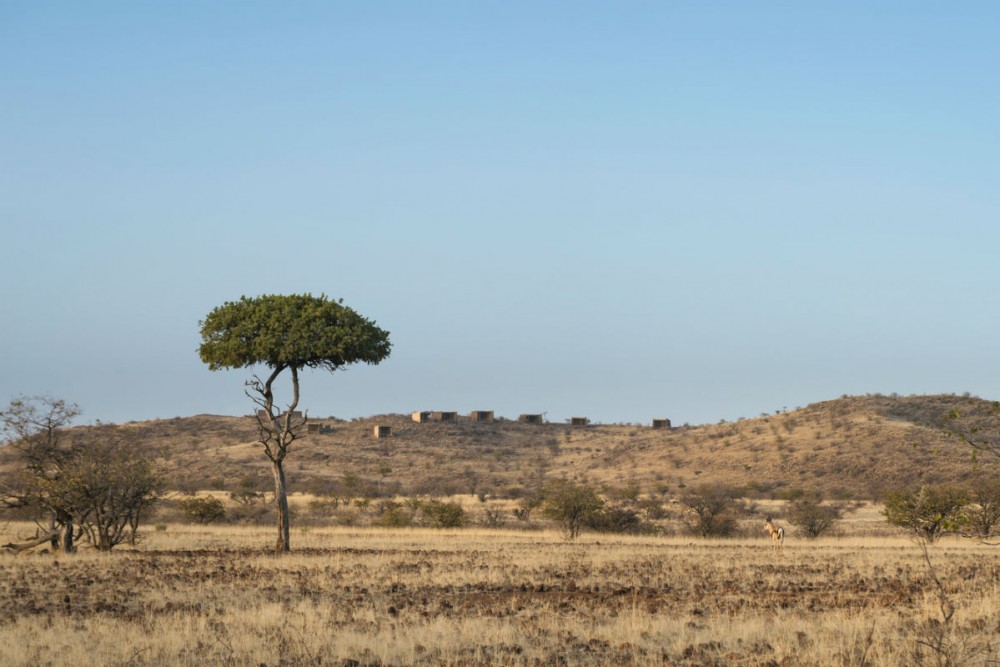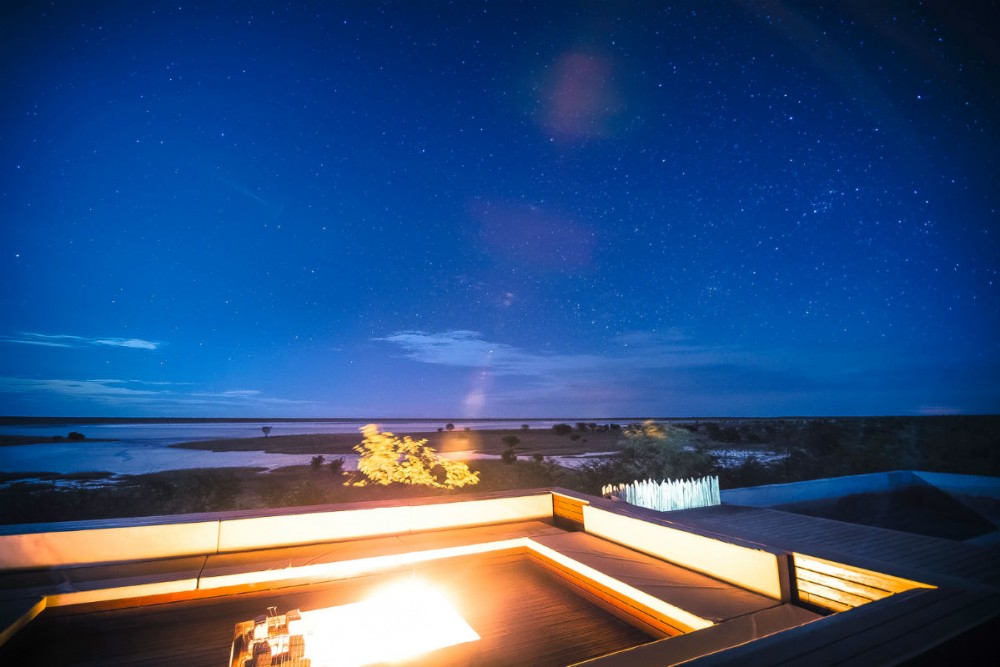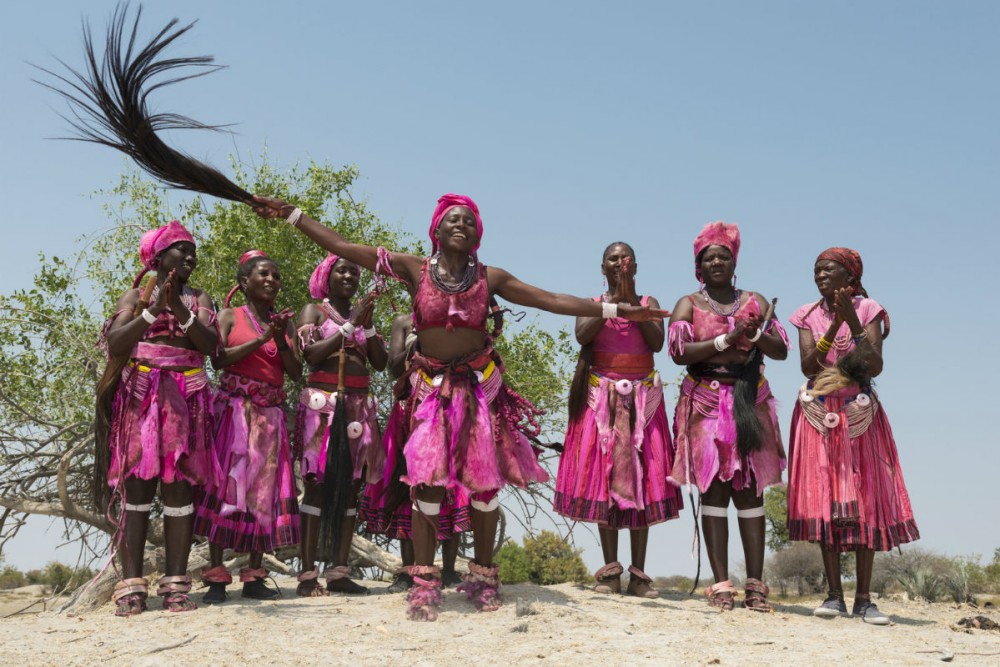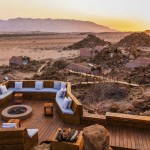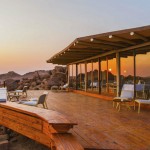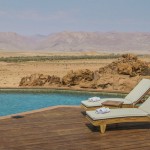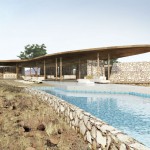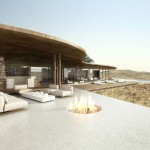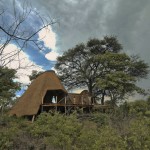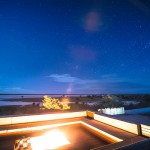To witness the northern lights—also known as the aurora borealis—you need to be pretty strategic about everything from timing and weather to geography and seasons. That’s because you need to achieve “the big three”: First, a location under the auroral oval, a band that typically crosses through Alaska, northern Canada, southern Greenland, Iceland, and northern Norway. Second, you need dark nights. And third, clear skies.
We turned to WOW Listers for these places—Jan Sortland (Norway and Iceland), Torunn Tronsvang (Norway), Mads Christensen (Iceland), and Marc Telio (Canada)—to learn the best times and places to see the lights and for insider tips on fun ways to pass the days between your nighttime viewing opportunities. Before we dive into their favorite places to experience the northern lights, some overall tips:
Understand the auroral oval. The northern lights appear when the earth’s magnetic field attracts charged particles thrown off by the sun, the result of solar storms. The particles form a halo around the magnetic pole; this is the so-called auroral oval.
Plan a longer trip. Build in extra time in case of stormy weather. Ideally, you want to spend at least three nights in a place where you have a shot at seeing the lights. If it’s cloudy on any of those nights, the lights could be spectacular, but you won’t see them.
Don’t assume you’re guaranteed a light show in Sweden, Finland, or Greenland. Sweden’s too far south (most of Finland is, too), and Greenland’s weather can be stormy in winter, resulting in skies that obscure the lights. So those countries tend to be more unpredictable for northern-lights viewing than Norway, Iceland, and Canada.
Did you know you can see the northern lights in summertime? They occur year-round; the only reason they’re perceived as a winter phenomenon is that you need a dark sky to actually see them, and in very northerly parts of the world, there’s very little darkness in summer. But, in certain spots, you can sometimes see the northern lights as early as late August.
Here are our experts’ top places to witness the northern lights:
Alta, Norway
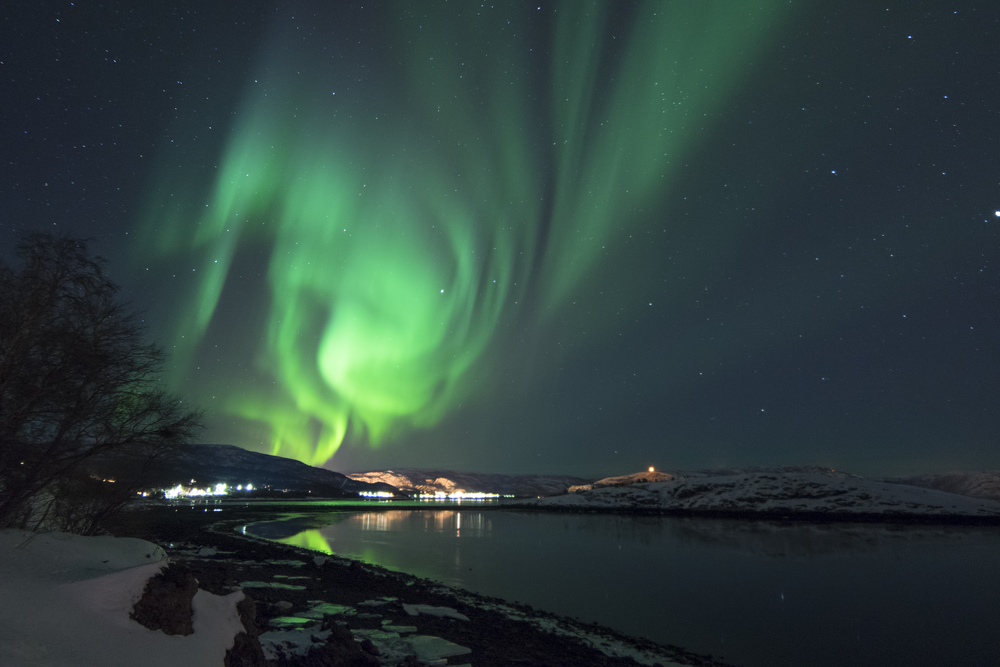
Northern Lights in Alta, Norway. Photo: Shutterstock
This town is ideally located right under the auroral oval and at the meeting point of three different microclimate zones; this betters your odds of seeing the aurora borealis, since it’s unusual to have overcast skies in all three zones at the same time. Alta is also warmed by the gulf stream, so daytime temperatures are warmer there even than in spots farther south. In the past 20 years, every traveler whom Sortland has sent to Alta for at least three nights has seen the northern lights. “Venturing up to the top of Bjørnfjell Mountain to watch the northern lights around a bonfire is magical,” says Tronsvang. She adds that another benefit of Alta is that you don’t have to drive around to see the lights: “You can see them from your accommodations, such as the the Isbreen domes outside of Alta in Jokelfjord.”
When to Go
“The best time of year is March,” says Sortland, “but you can see the northern lights there from the end of August until the end of March.”
While You’re There, Don’t Miss….
Ice fishing and dog sledding. “Spend a day in the wilderness as a musher, followed with a 12-course organic dinner prepared by Sami chef Johnny Trasti at Trasti & Trine,” Tronsvang tells us. “The feeling of mastering the dogs and having to work hard outside in a stunning winter landscape, followed by culture told through local ingredients prepared like simple art, is amazing!” Jan can also arrange for you to go reindeer herding with the Sami.
Iceland
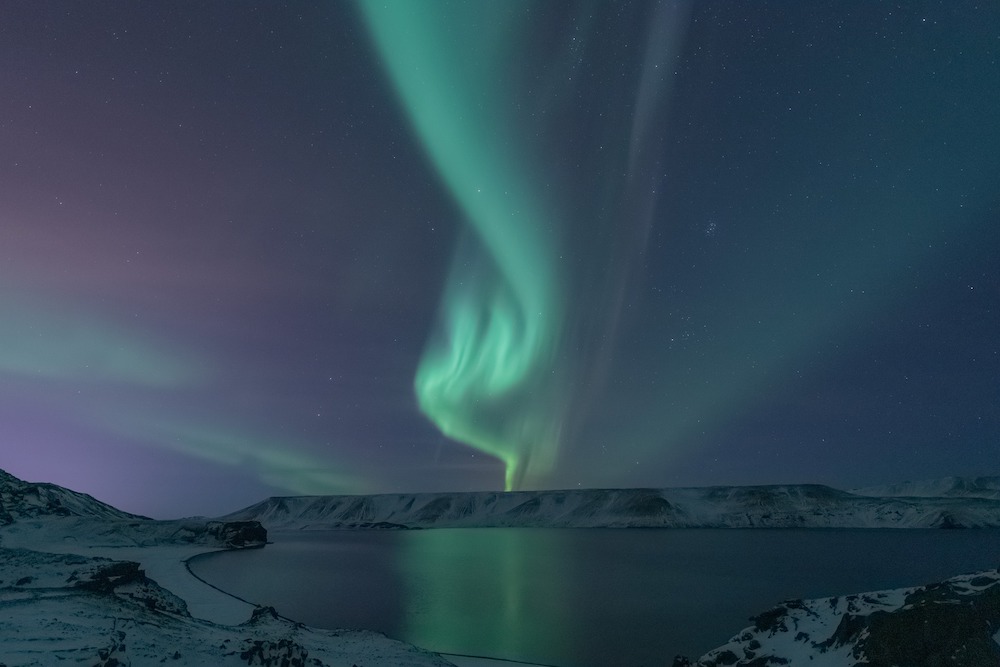
A dark-sky light show in Iceland. Photo: kamilgrygo/Pixabay
Iceland’s south coast, including the Vik area, and Jökulsárlón—the country’s best-known glacier lagoon—are prime destinations for northern lights. Because Iceland is an island and subject to offshore fronts, the weather can be unpredictable, and it’s common for clouds to block the light show.
When to Go
October to March.
While You’re There, Don’t Miss…
By day, Christensen can send you snowmobiling, dog sledding, ATVing across black-sand beaches, on foodie tours of Reykjavik, and to hot springs and waterfalls in Iceland’s countryside.
Northern Canada

Dog sledding in Yellowknife, Northwest Territories in Canada is an authentic adventure during daylight hours Photo: Shutterstock
Northern lights displays are likeliest in the northern third of Canada: The Northwest Territory often sits directly under the auroral oval, as does part of the Yukon Territory.
When to Go
The absolute best time of year for the clearest and darkest skies is from the third week of January to the end of March. November and December also have the dark skies, but they produce more precipitation, so skies may have more cloud cover. Peak-season dates book up early, so plan well in advance. (A typical stay in the region is four nights.)
While You’re There, Don’t Miss…
To occupy yourself in the daytime, go snowmobiling, snowshoeing, dogsledding and ice fishing. Also, says Telio, “there are some profoundly beautiful Indigenous storytelling and cultural experiences, including one where guests have the opportunity to eat Muktuk [whale] and meet with elders in a community.”
Read These Northern Lights Trip Reviews For More Intel and Cool Trip Ideas
Norway in September
“We stayed in a Rorbu in Reine and stepped outside to a show of the Northern Lights—right there on our own porch!!”
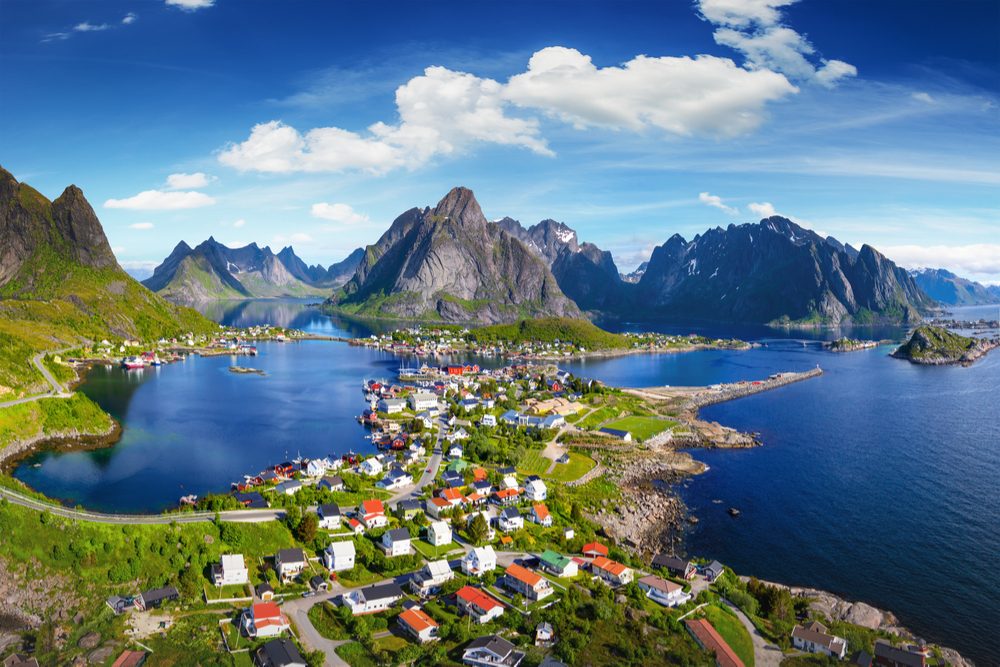
The village of Reine in Lofoten, Norway. Photo: Shutterstock
“We started in Bergen, driving north through the fjords, and had constant awe-inspiring scenery. Jan arranged two different times we would be on the water in a fjord. We spent half a day on a RIB boat—just the two of us and the captain—gliding along the fjord waters.
Then we flew to the Lofoten Islands, where we stayed in a Rorbu in Reine. We had a fun WOW Moment when an excellent halibut dinner was prepared for us in our own room and we were able to enjoy this private time together watching the harbor with a great meal! Thank you for arranging this!! A couple of hours later, we stepped outside to a show of the Northern Lights—right there on our own porch!!
Finally, we flew up to Alta, above the Arctic Circle. The Sorrisniva Arctic Wilderness Lodge was absolutely incredible. Our room, with floor-to-ceiling windows, looked out over the Alta River, and you really felt a million miles from everything. We would have been content to stay there and never leave the grounds—but there was much to see and do! We took a boat ride on the Alta River, with a BBQ lunch of salmon along the way. Very memorable. The visit to the Sami was so interesting—we were so glad to learn about this culture. And each night, we had our Chasing the Northern Lights Safari.” —Sally Boland
Canada in October
“We viewed polar bears continuously for four days…”

Polar Bear, North Canada. Photo: Shutterstock
“My husband and I traveled with another couple to Seal River Heritage Lodge, a short plane ride north of Churchill, Manitoba, from October 21-27. Marc was wonderful in helping us plan the trip. It was a trip of a lifetime! Everything went perfectly. Our two biggest wishes were to see polar bears and the northern lights. We were not disappointed. We had seen the trips that involve the elevated buses and knew we didn’t want that experience.
What Marc provided was so much more. We viewed polar bears continuously for four days. The photos we took were incredible. We weren’t promised anything, but what we received was so much more than what we expected. Thank you for an amazing experience!” —Mike and Sue Mrdjenovich
Norway in January
“We went dogsledding, snowmobiling, and saw the northern lights…”
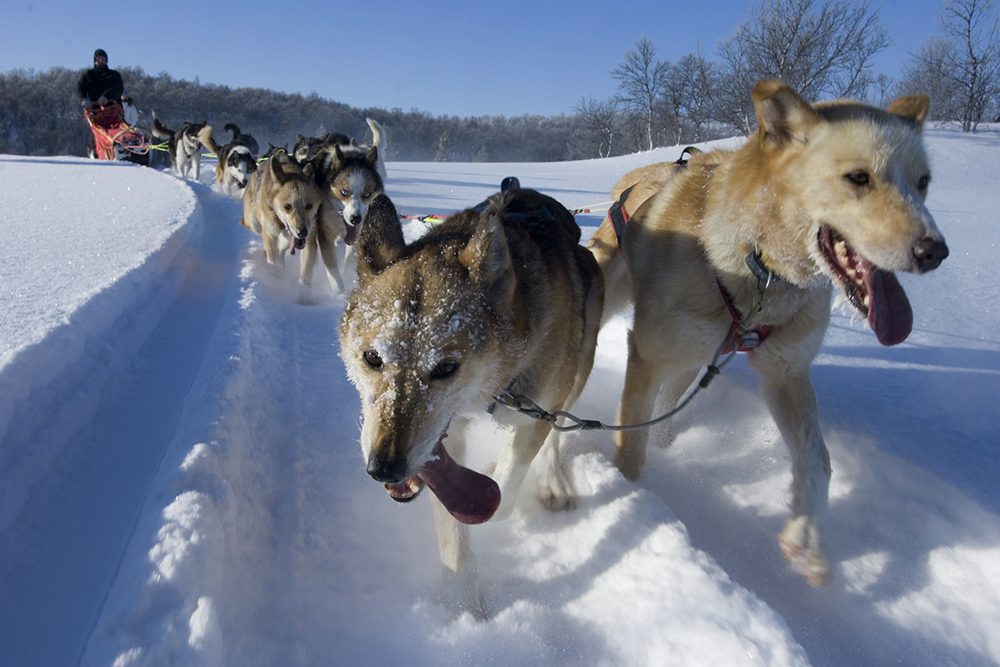
Husky sled dogs running in Norway. Photo: visitnorway.com
“Truly a trip of a lifetime. My family of 4 (me, my husband and two adult boys) went to Alta where we went dogsledding, snowmobiling, and saw the northern lights. In Oslo we went on a very interesting architecture tour. The highlight was relaxing in the lodge sauna after a day spent snowmobiling and getting called by the lodge staff to come outside to watch the northern lights!
The staff at all of the places Torunn and Mari sent us to were exceptional and would go out of their way to provide assistance. We can’t wait to go back sometime in the summer now and see the same location again.” —Neha Vyas
Norway in February
“A Sami elder met us and drove us over 30 miles on snowmobiles to watch the Sami move a herd of 2,500+ reindeer to higher terrain…”
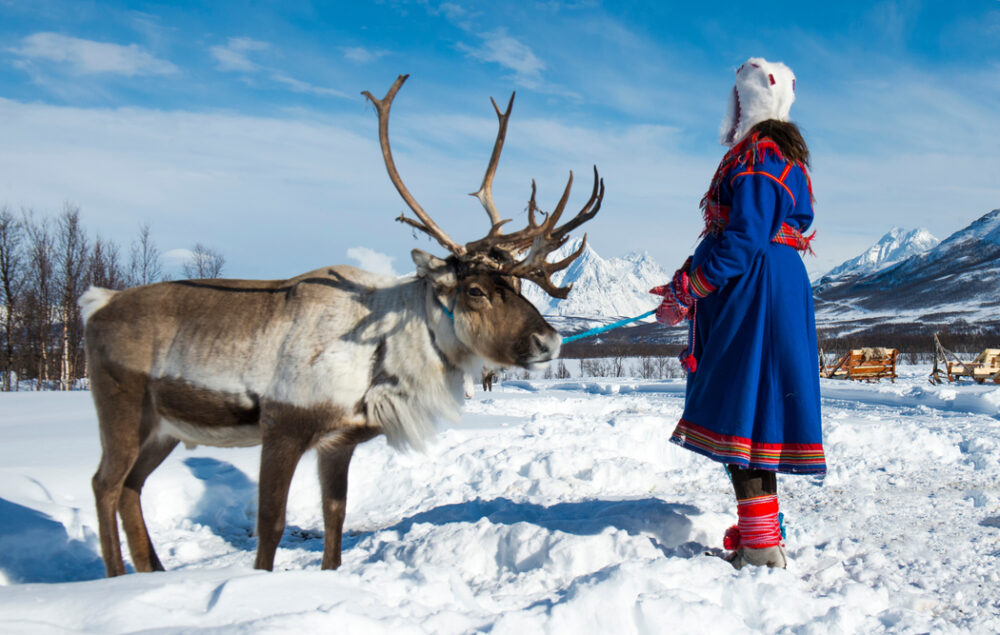
Reindeer herding with the Sami, Norway. Photo: Shutterstock
“Seeing the Northern Lights was on my bucket list, and Jan helped me plan every detail of the trip. The hotels were excellent, and we received many upgrades. Our hotel in Alta was particularly lovely, and our dinners there were incredible. Knowing how much we wanted to see the Lights, and being disappointed twice before in Iceland, Jan steered us to Alta, in the northernmost part of Norway. He said it would give us the best shot. How right he was! We saw them three out of three nights!
Much of this is due to the incredible guides Jan arranged. Despite the fact that it was cloudy and snowing the first two nights, our guides looked at all the weather maps and found the area that had the most potential to clear up. It was a real drive, but the clouds disappeared and the Lights danced.
Jan also suggested a visit to the area where the Sami live and herd reindeer. It was the best advice! These indigenous people live the same way their ancestors did, and it was a privilege to spend the day with them. Mathis, a Sami elder, met us and drove us over 30 miles on snowmobiles to watch the Sami move a herd of 2,500+ reindeer to higher terrain. After that, we snowmobiled back to his home, where he had prepared a delicious lunch of salmon and Arctic char. He generously and patiently answered all our questions and made us feel like welcomed guests. Our day with this incredible gentleman was truly the highlight of our trip, and it is an experience that will not be forgotten.” —Judy Wimpfheimer
Be a smarter traveler: Sign up for Wendy’s weekly newsletter to stay in the know. Read real travelers’ reviews, then use the black CONTACT buttons on Wendy’s WOW List to reach out to the right local fixer for your trip.


